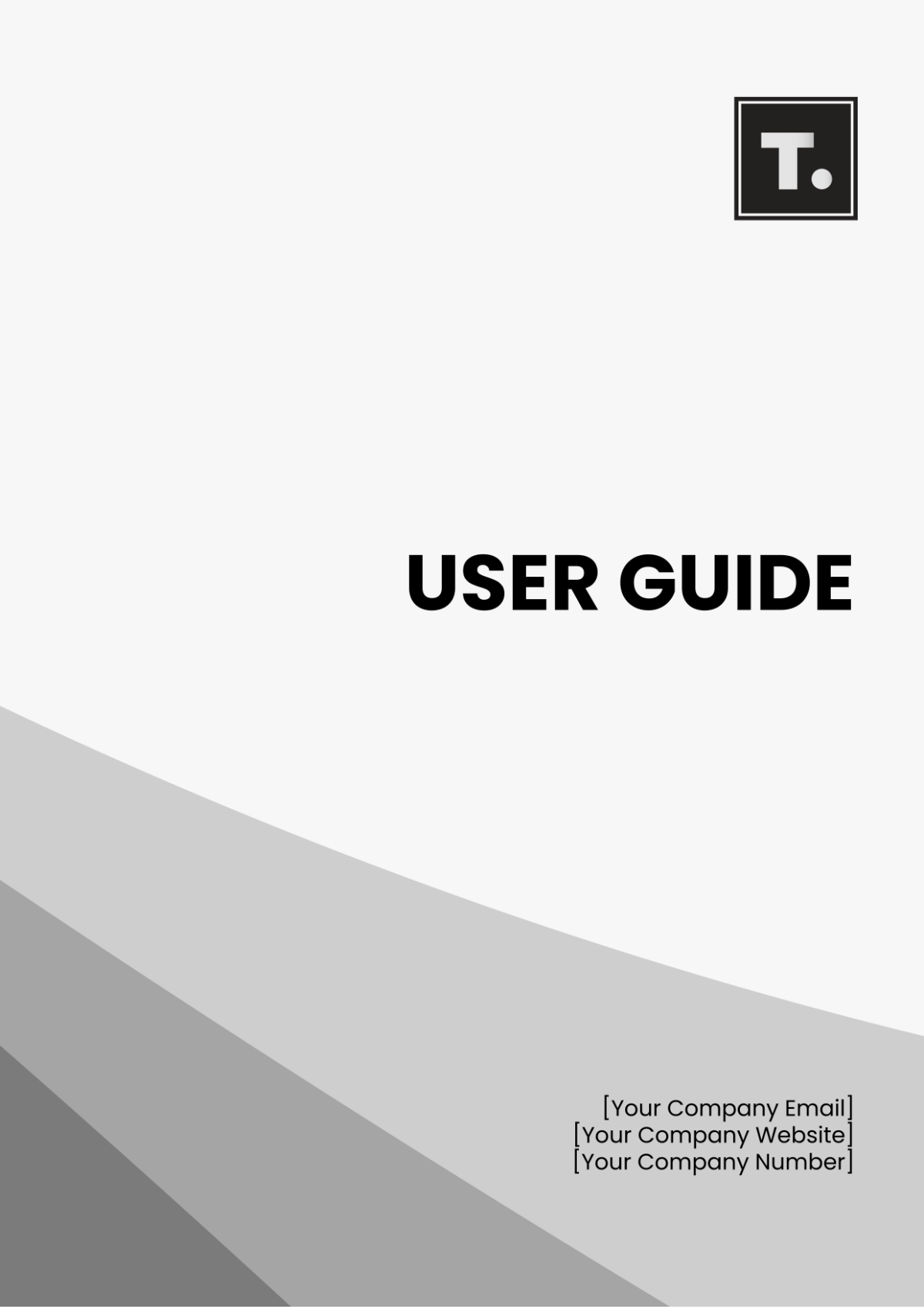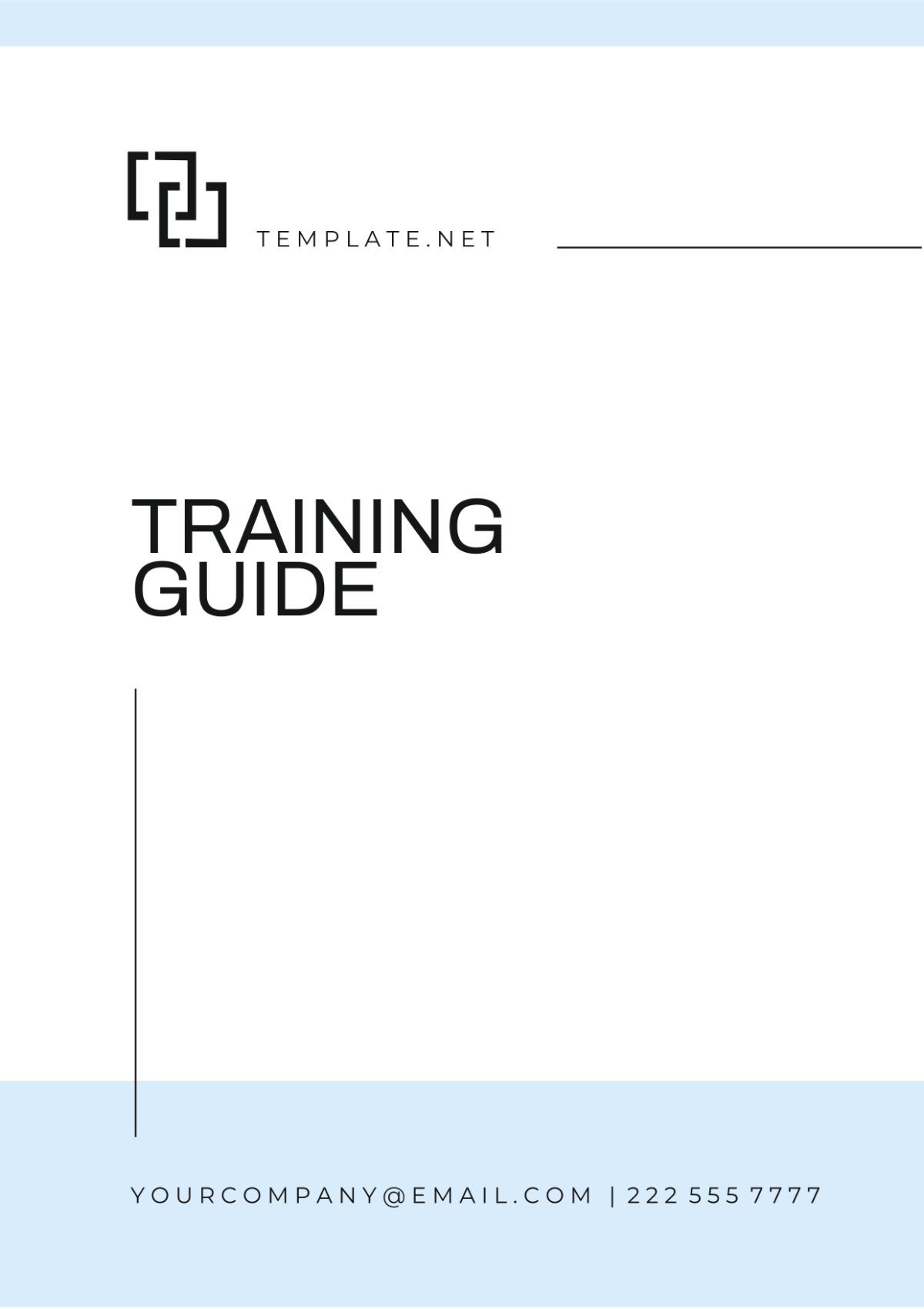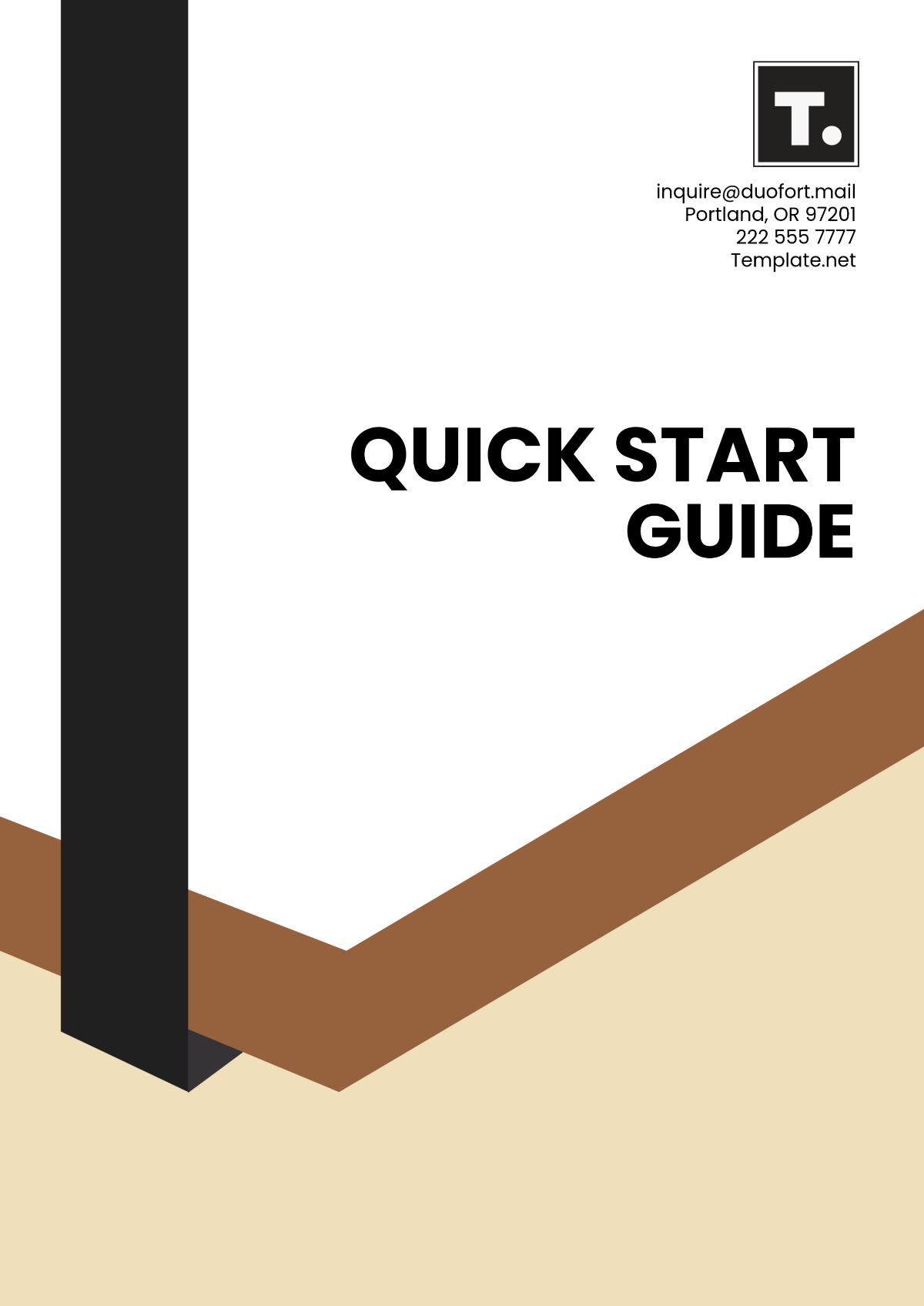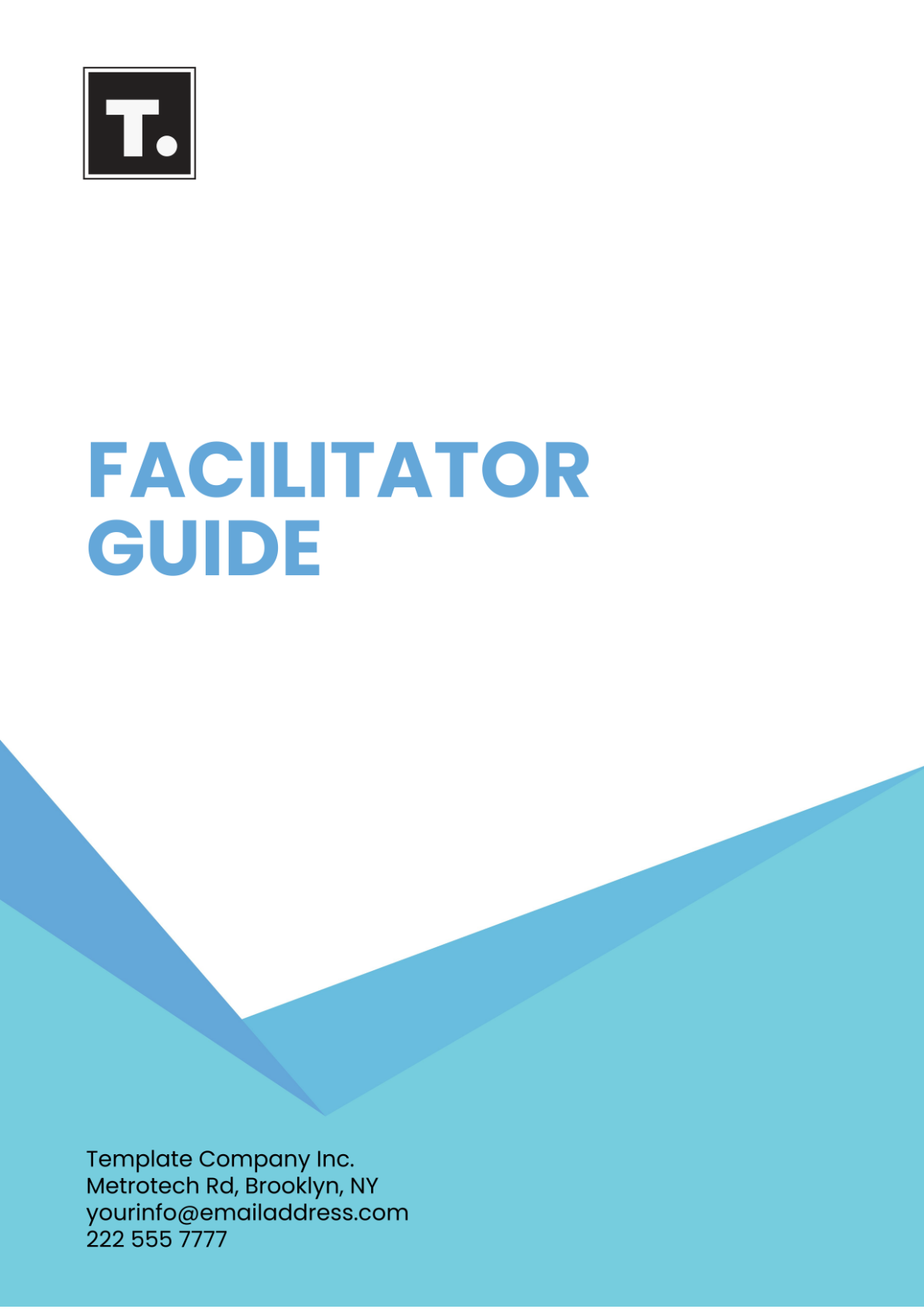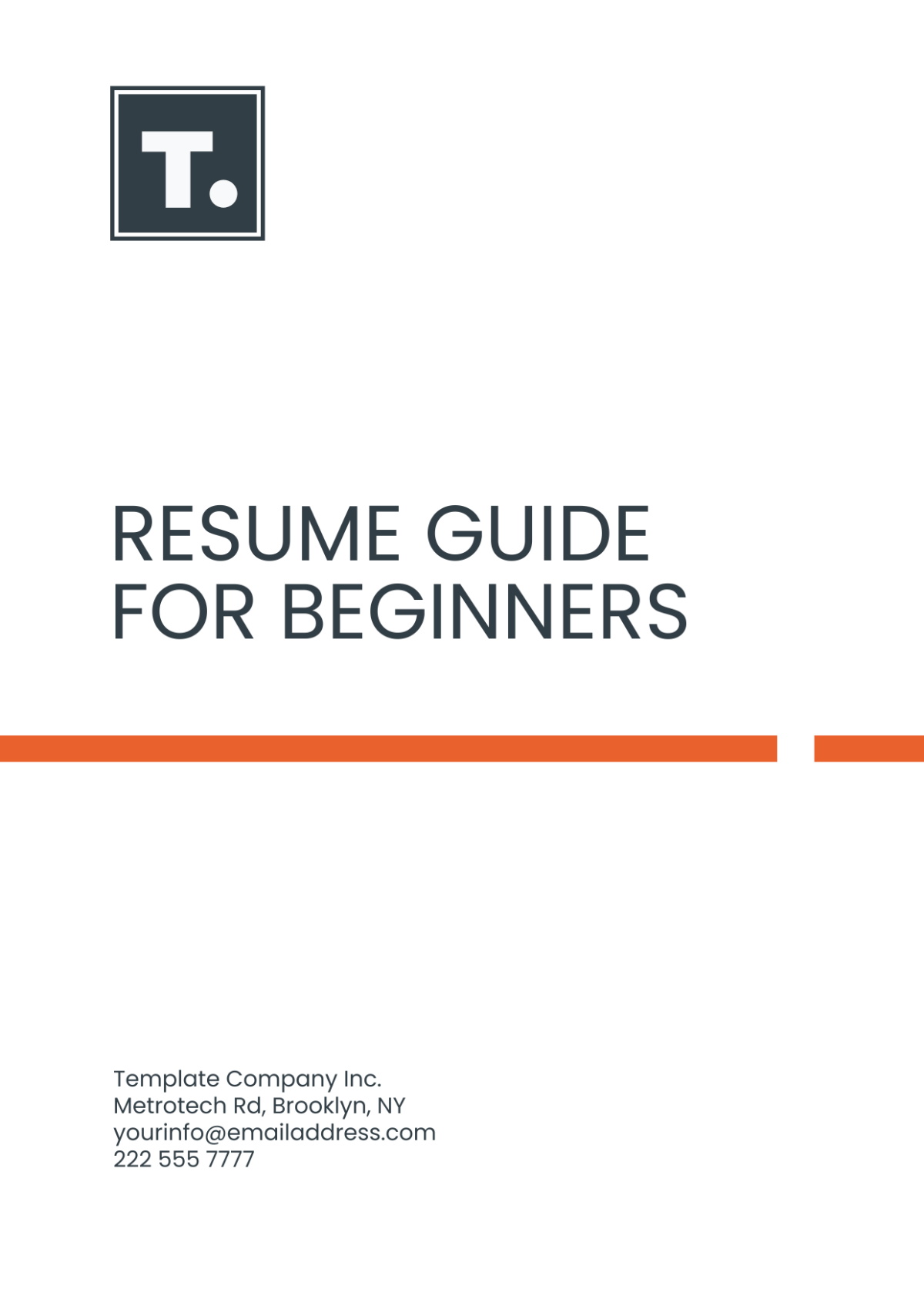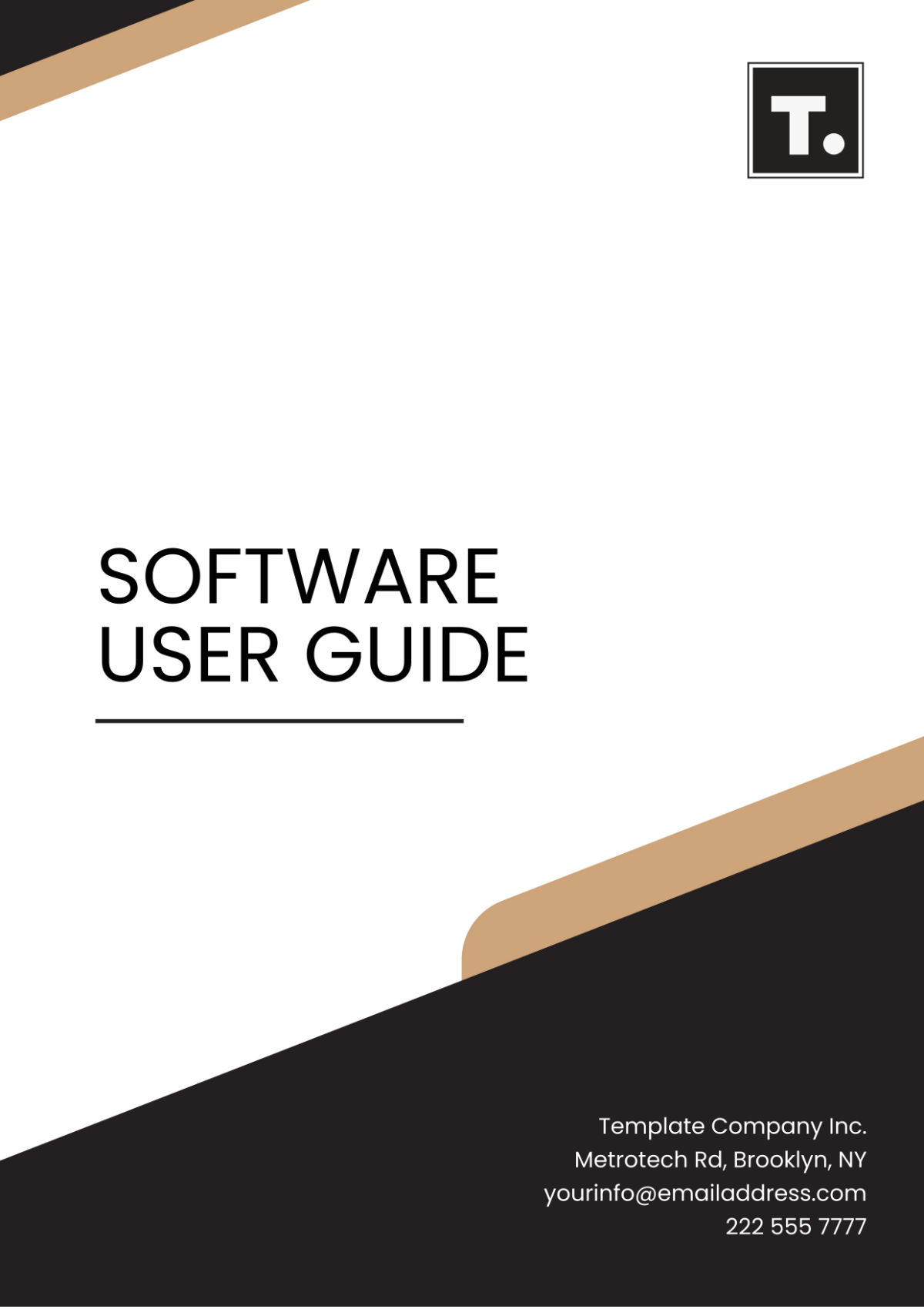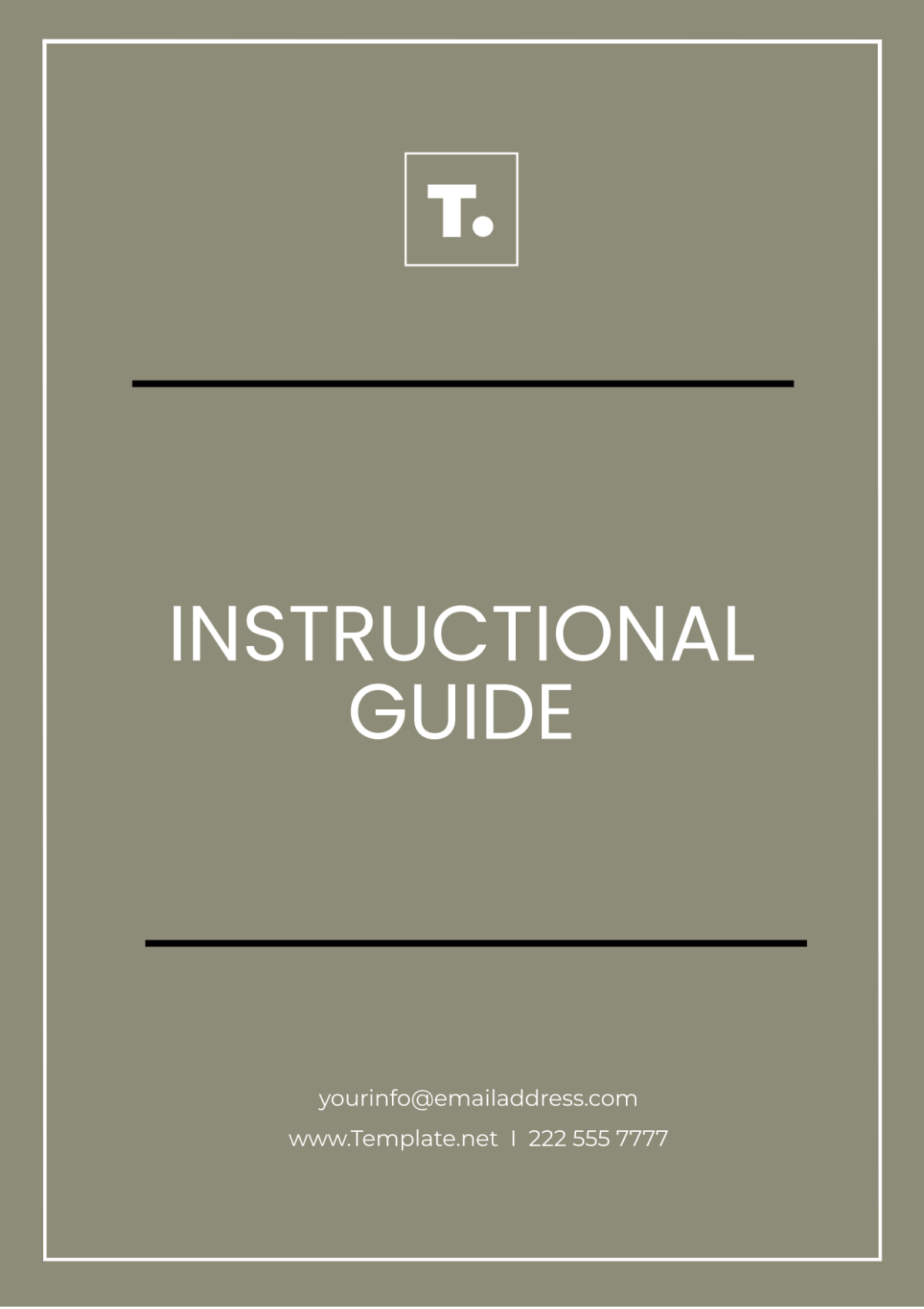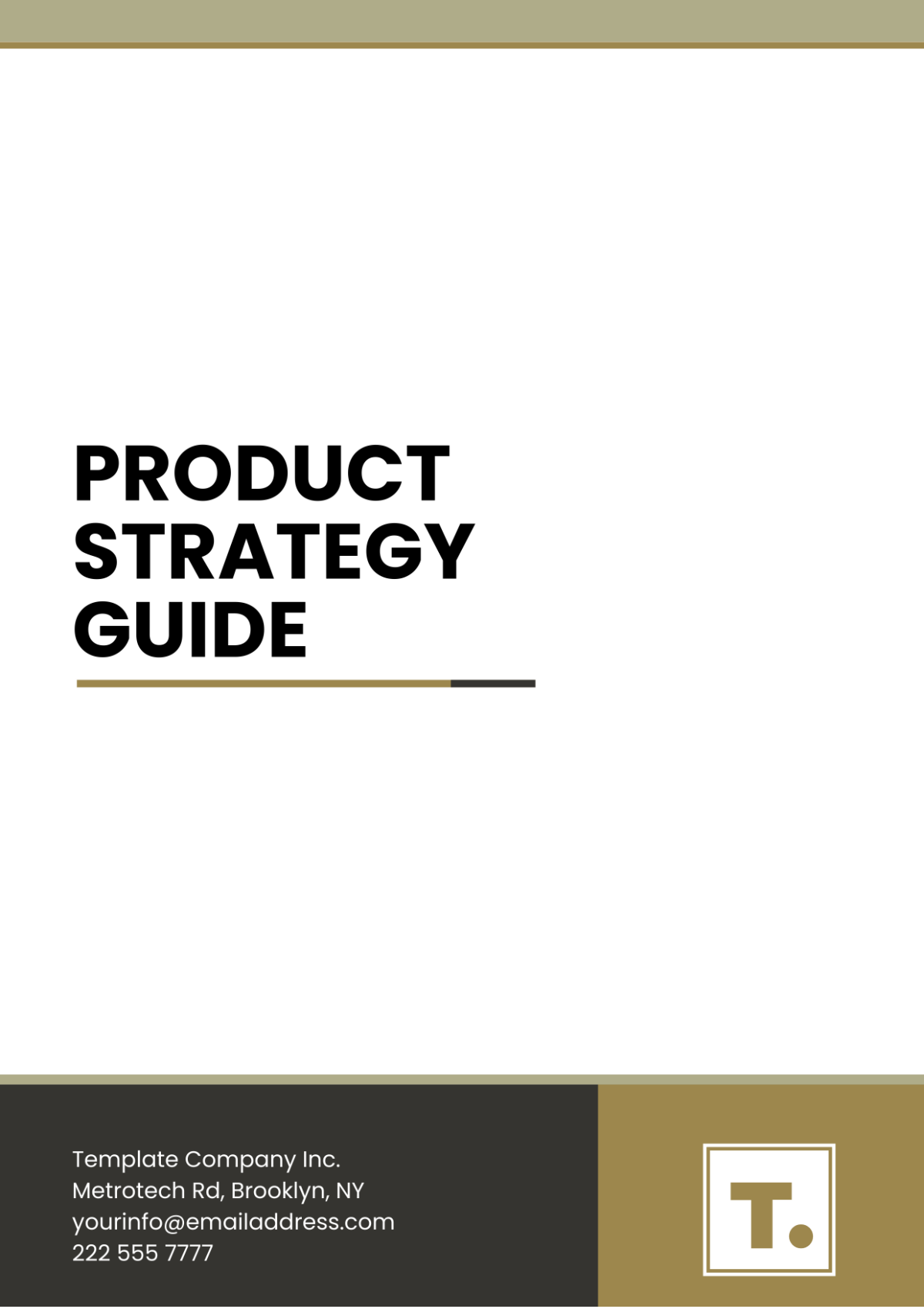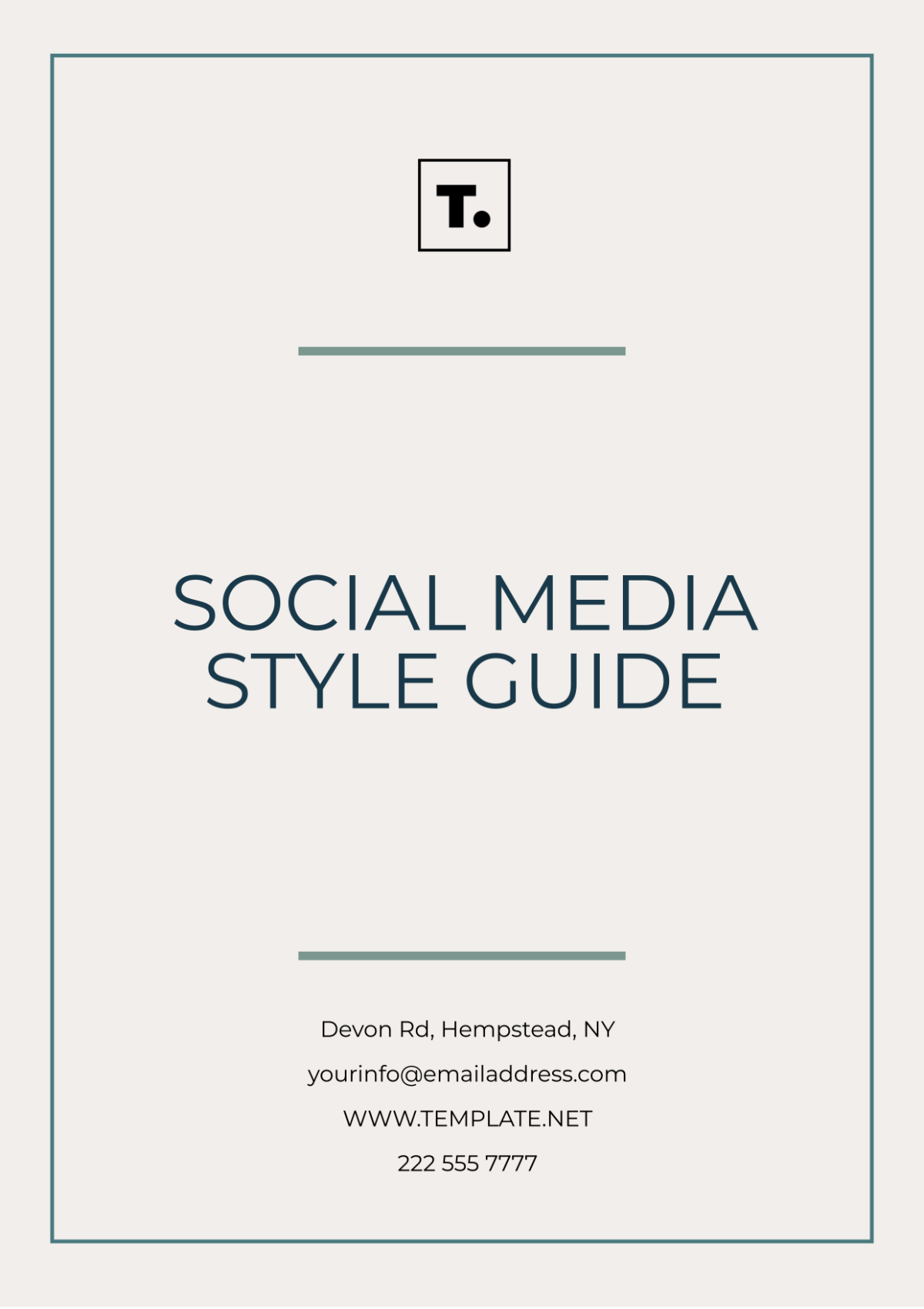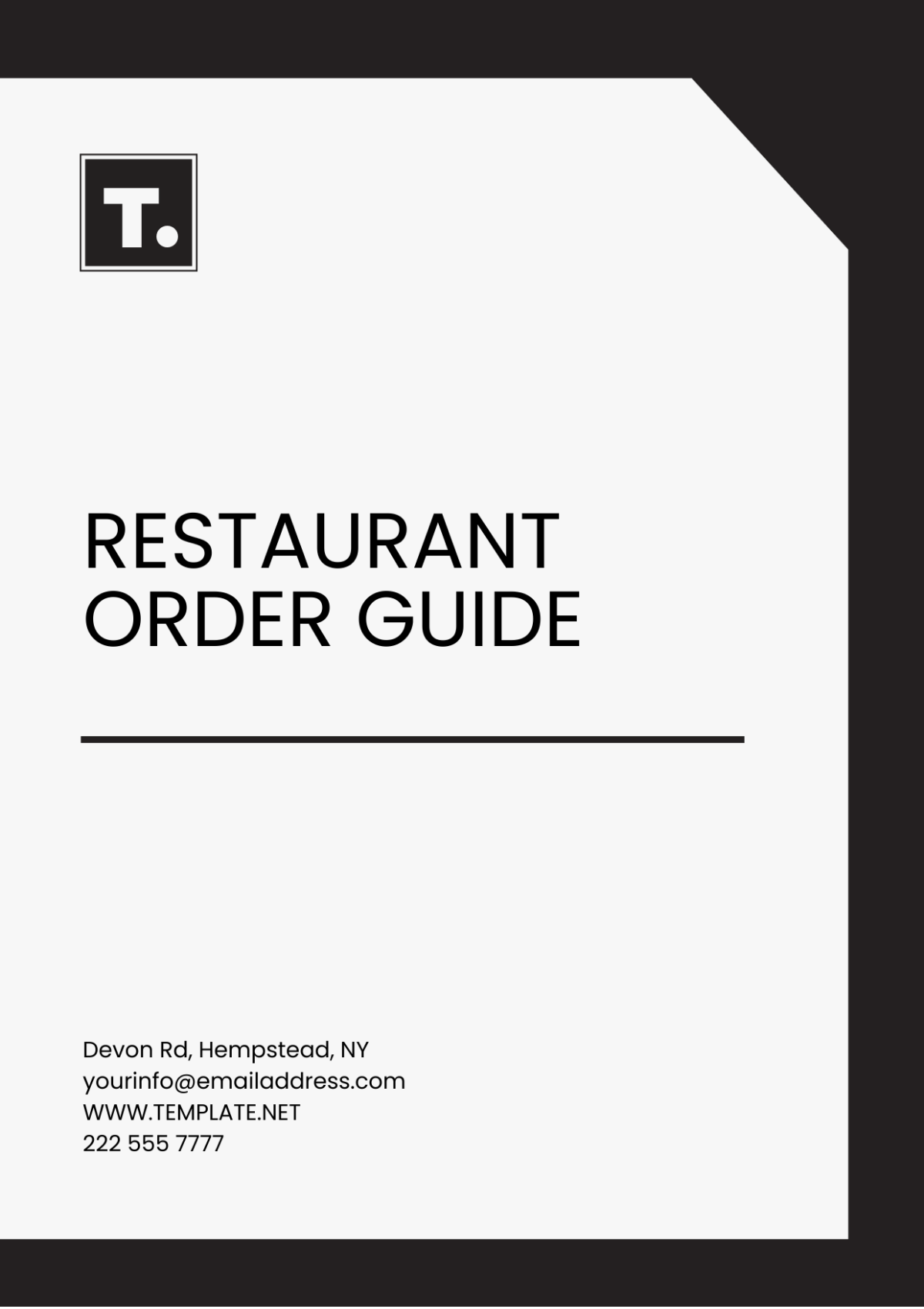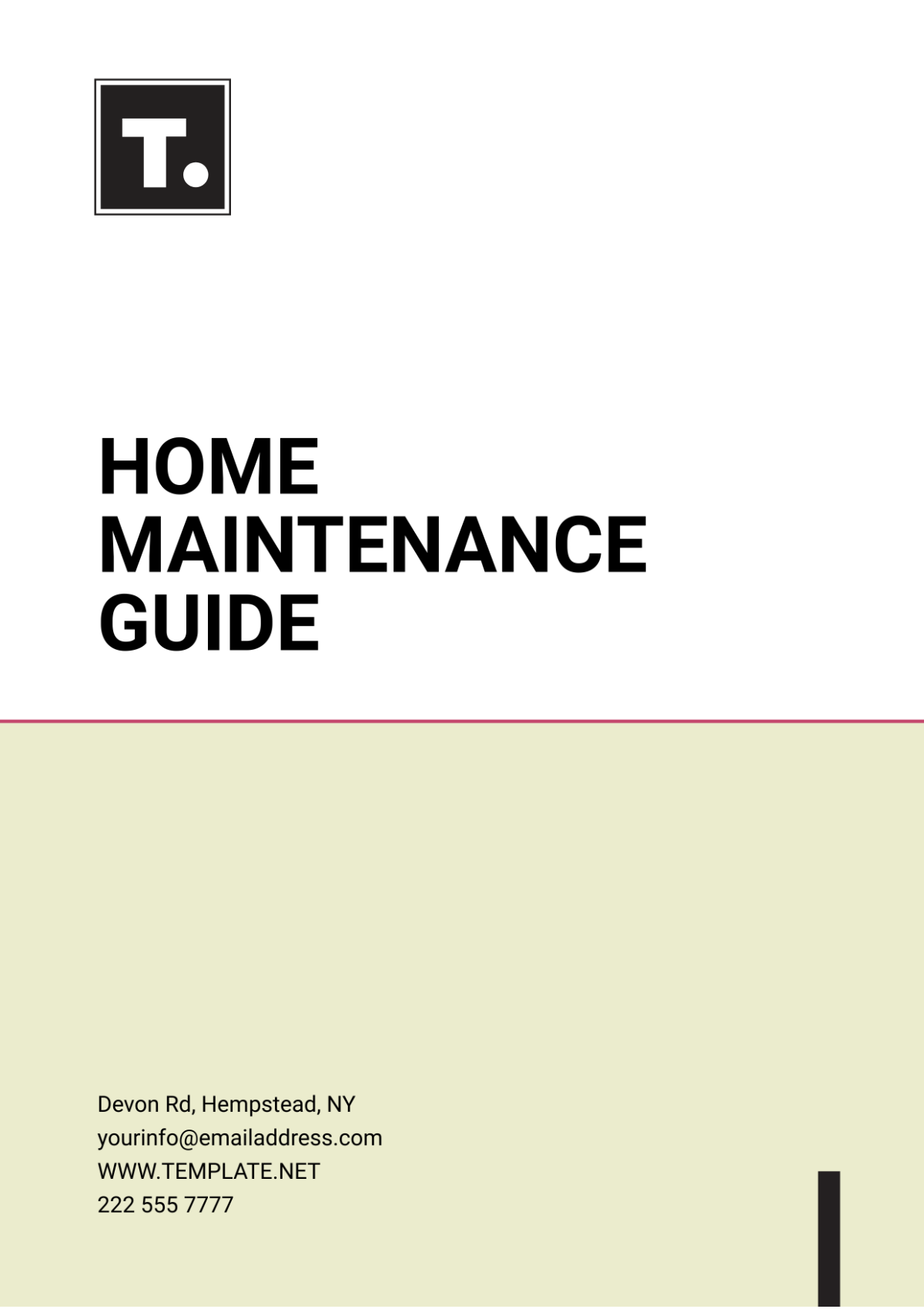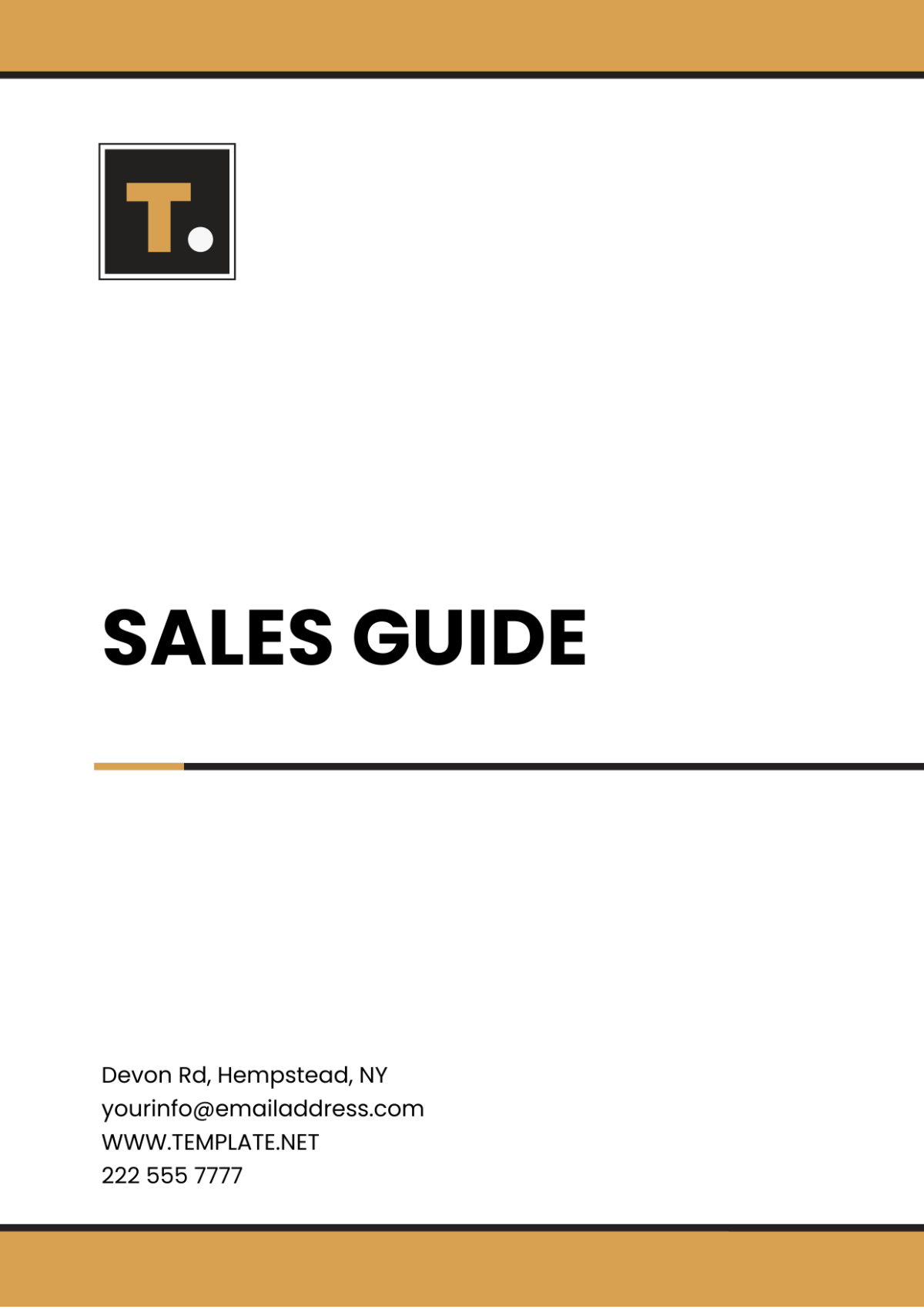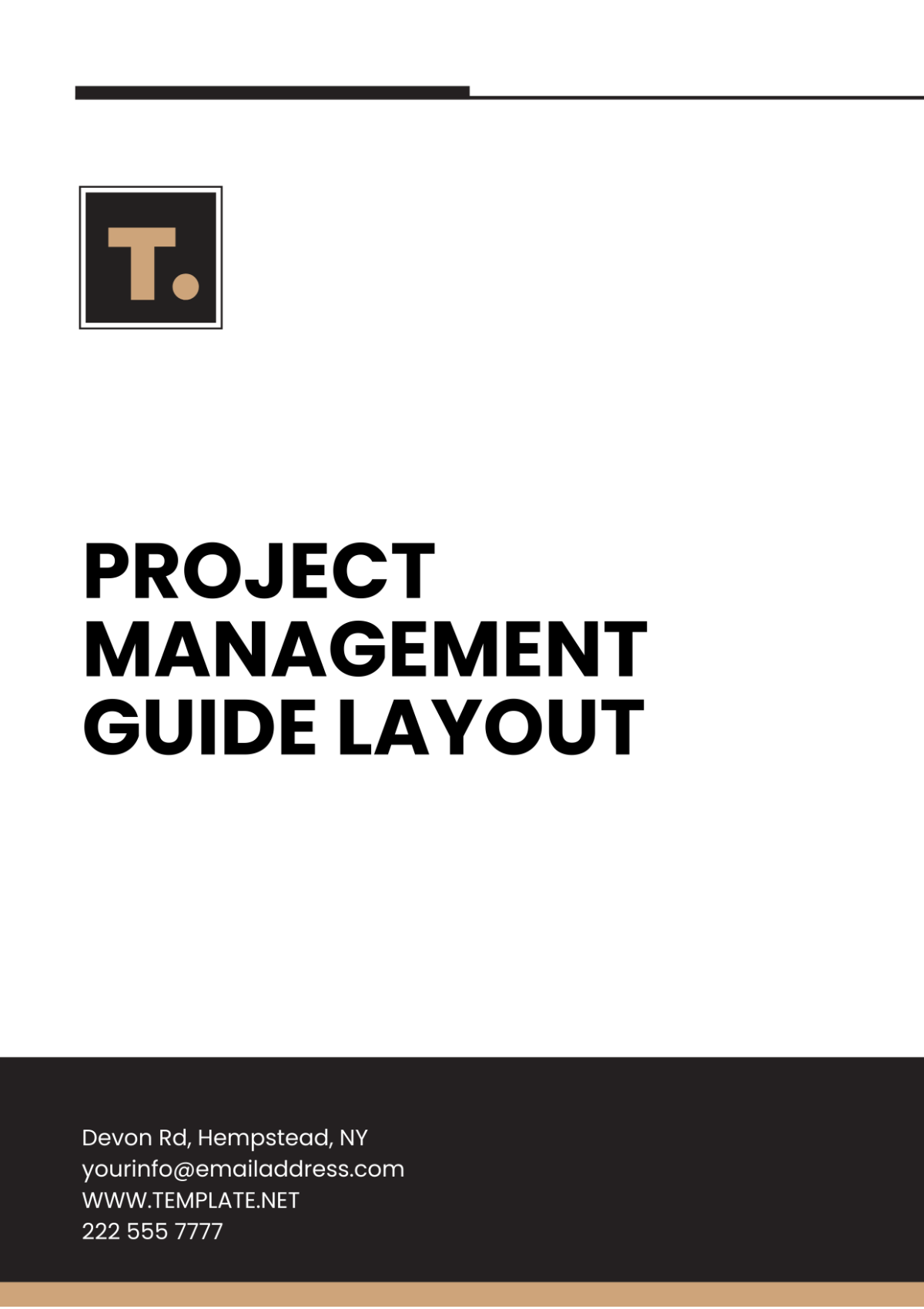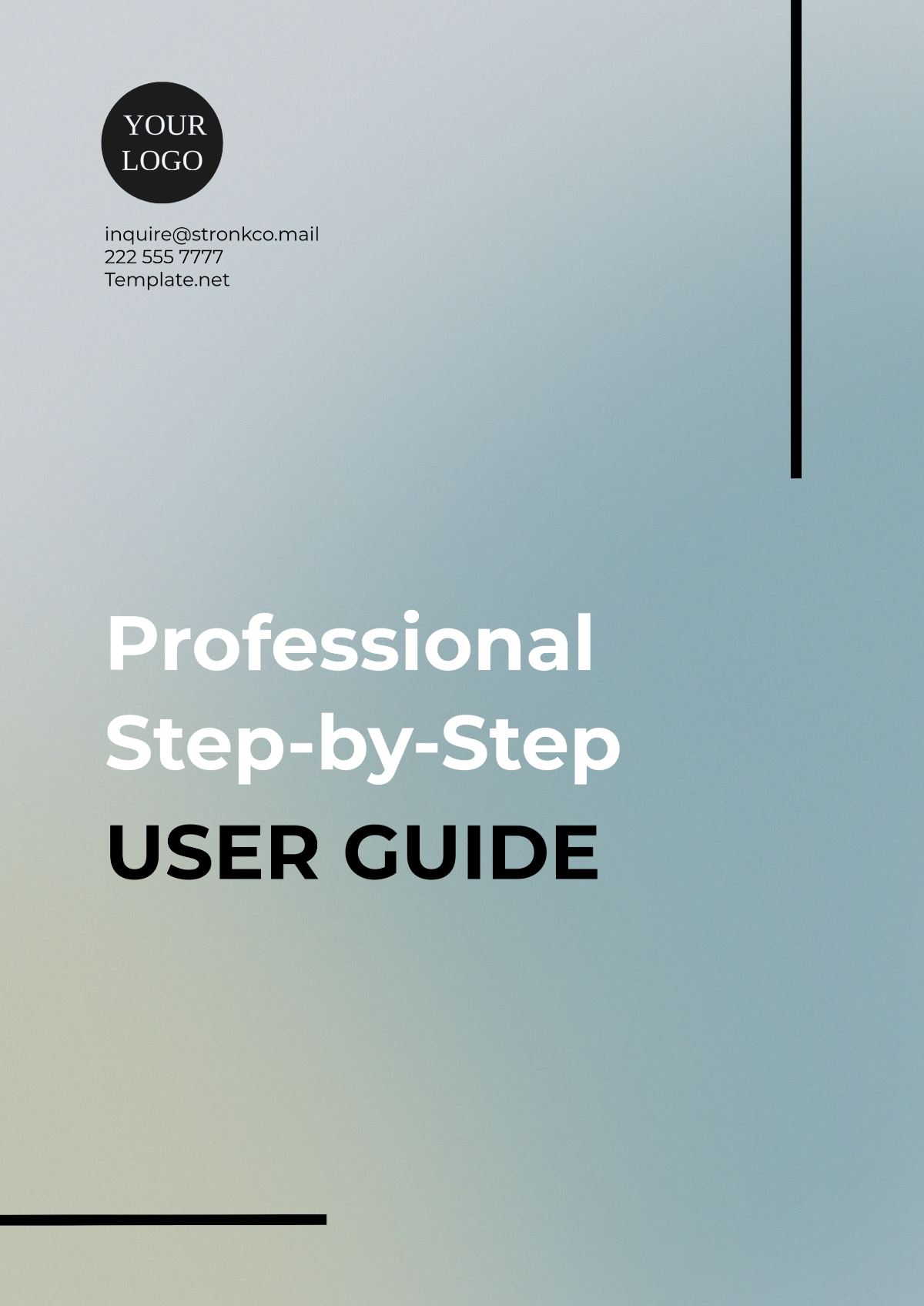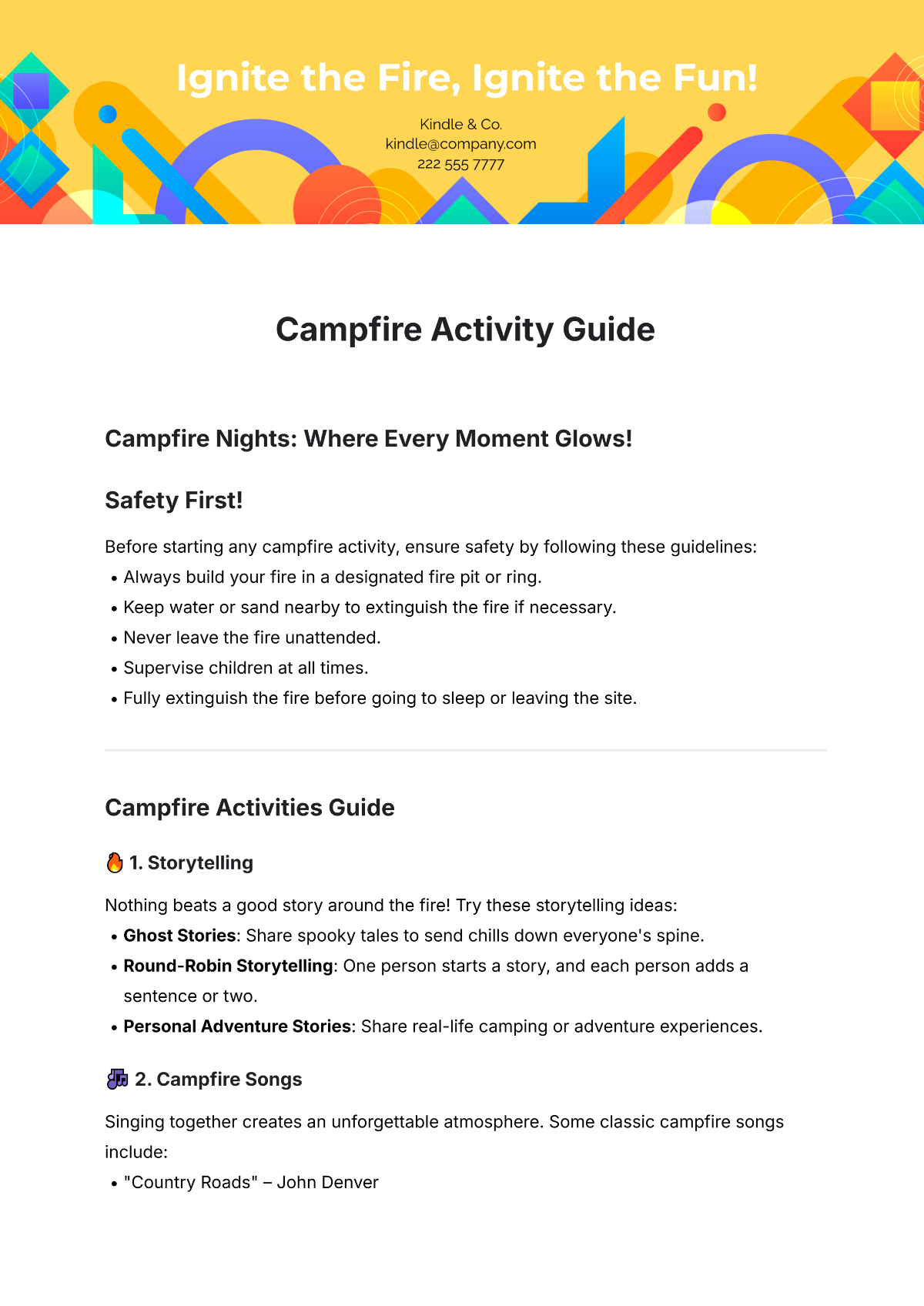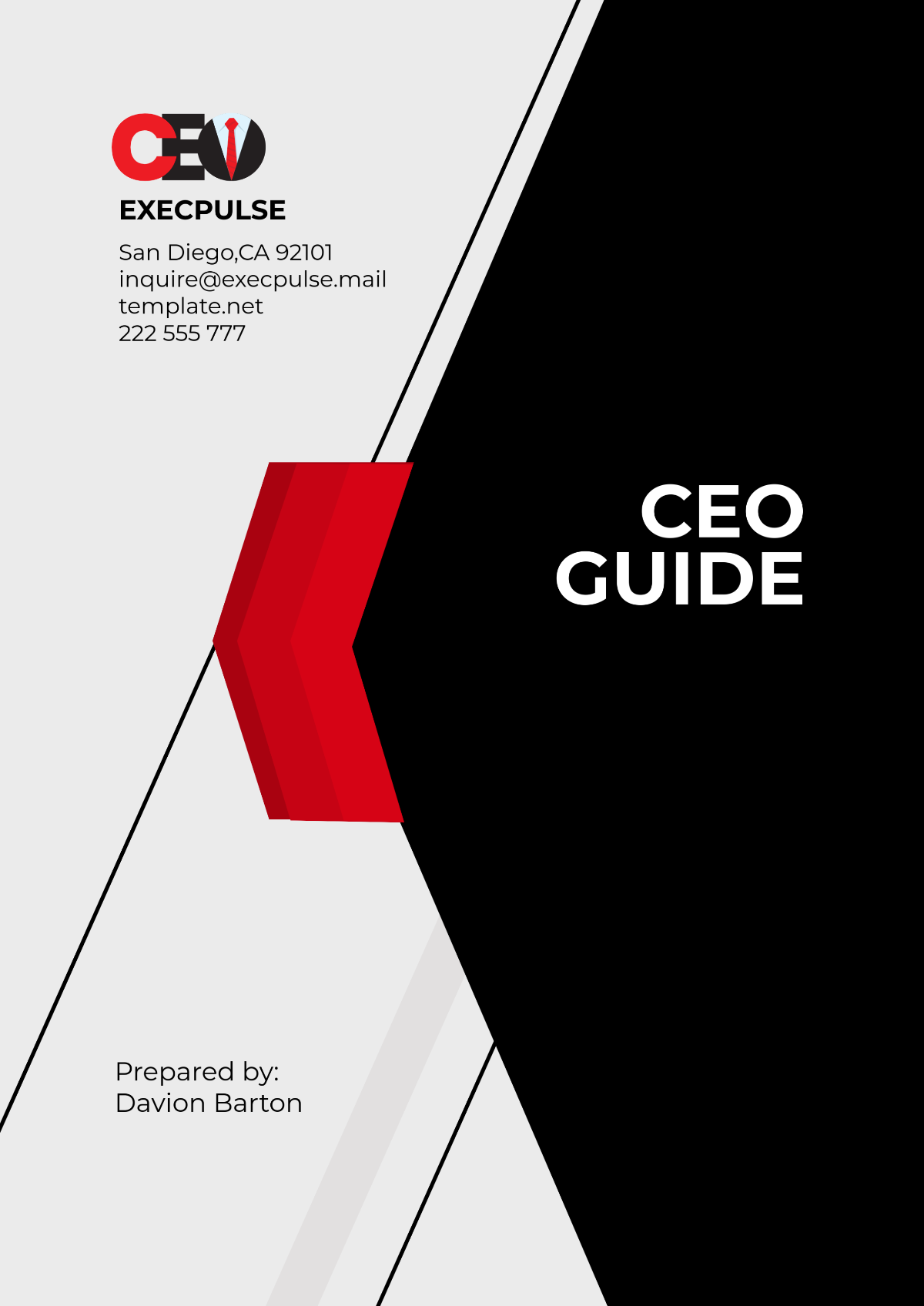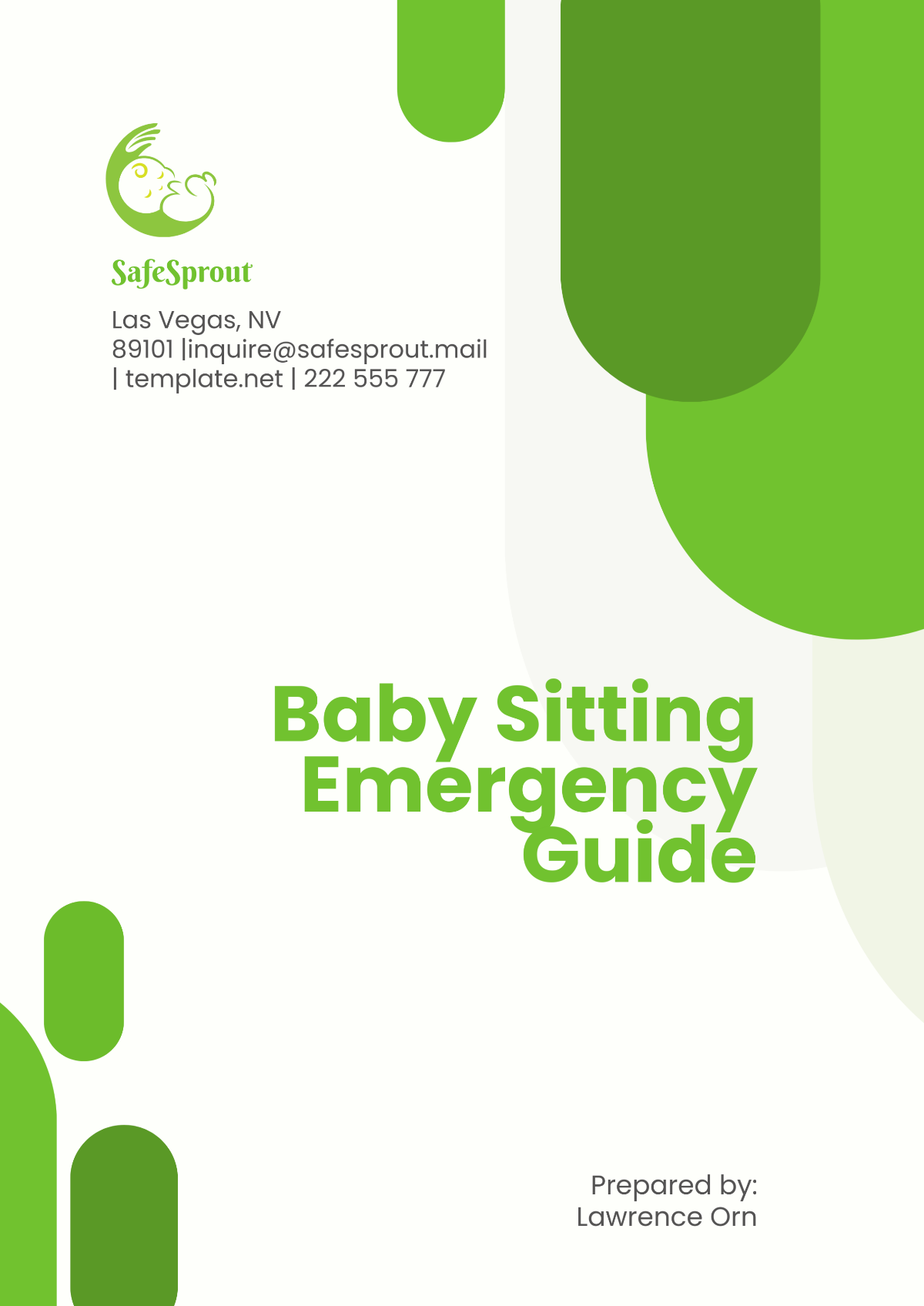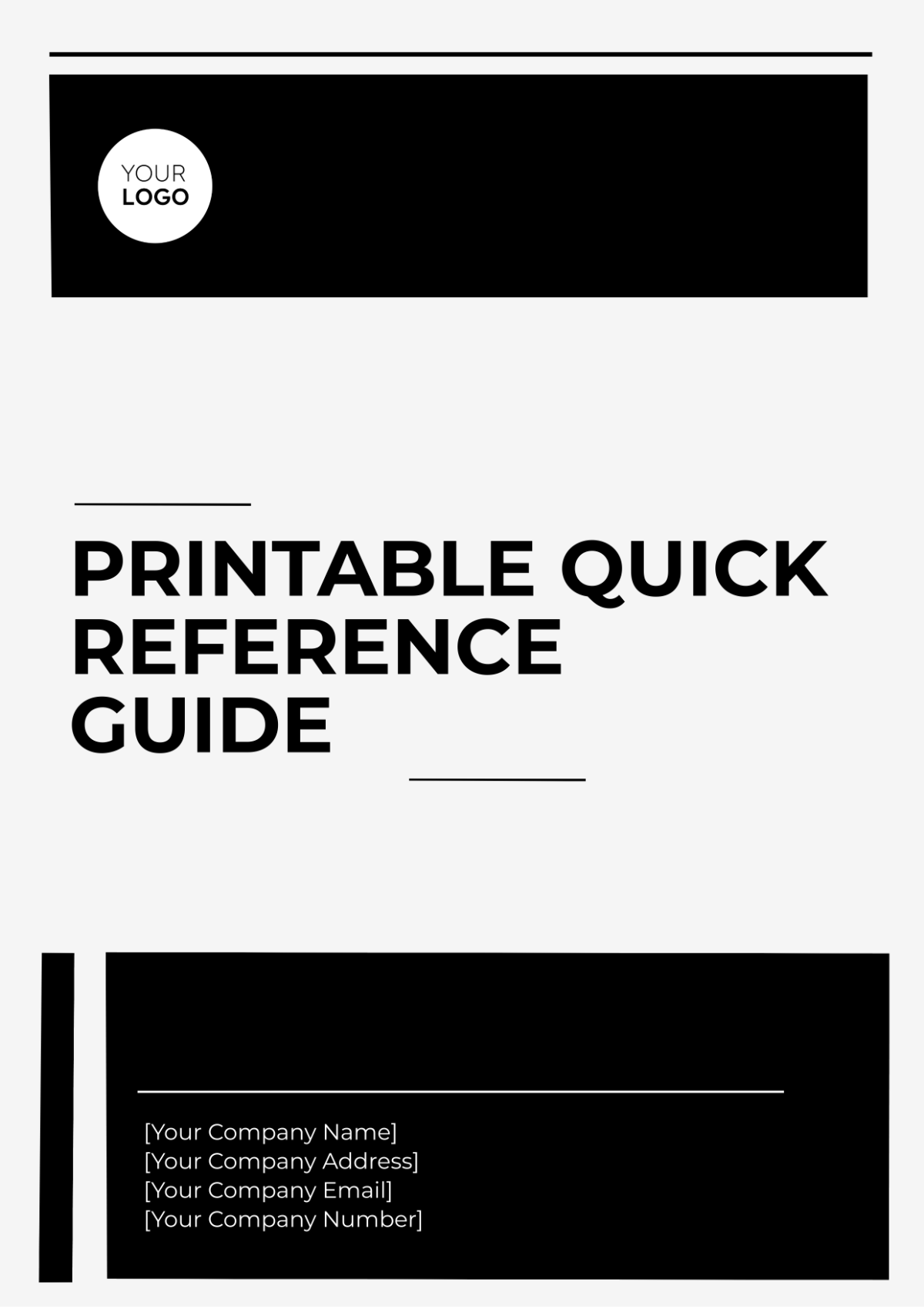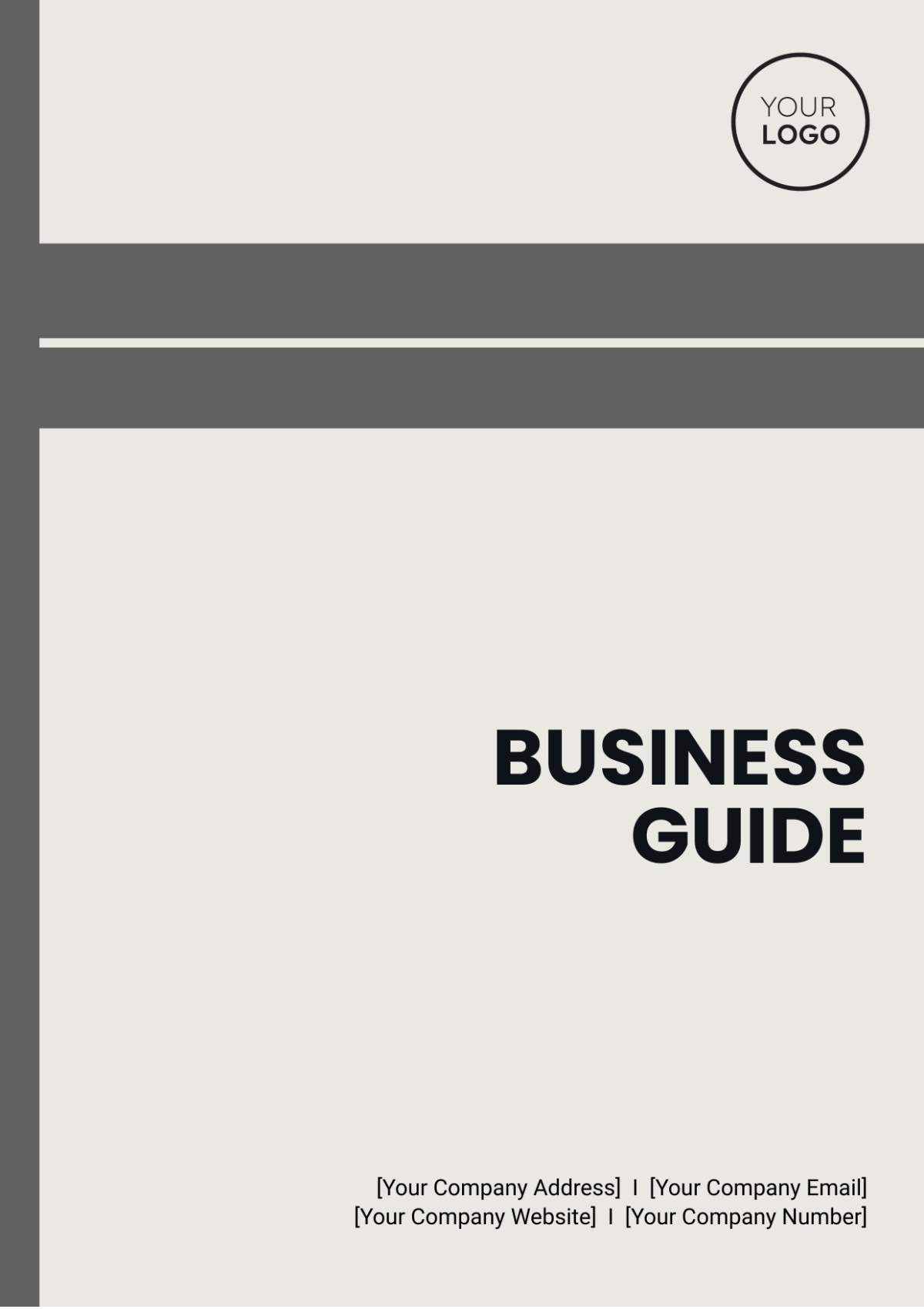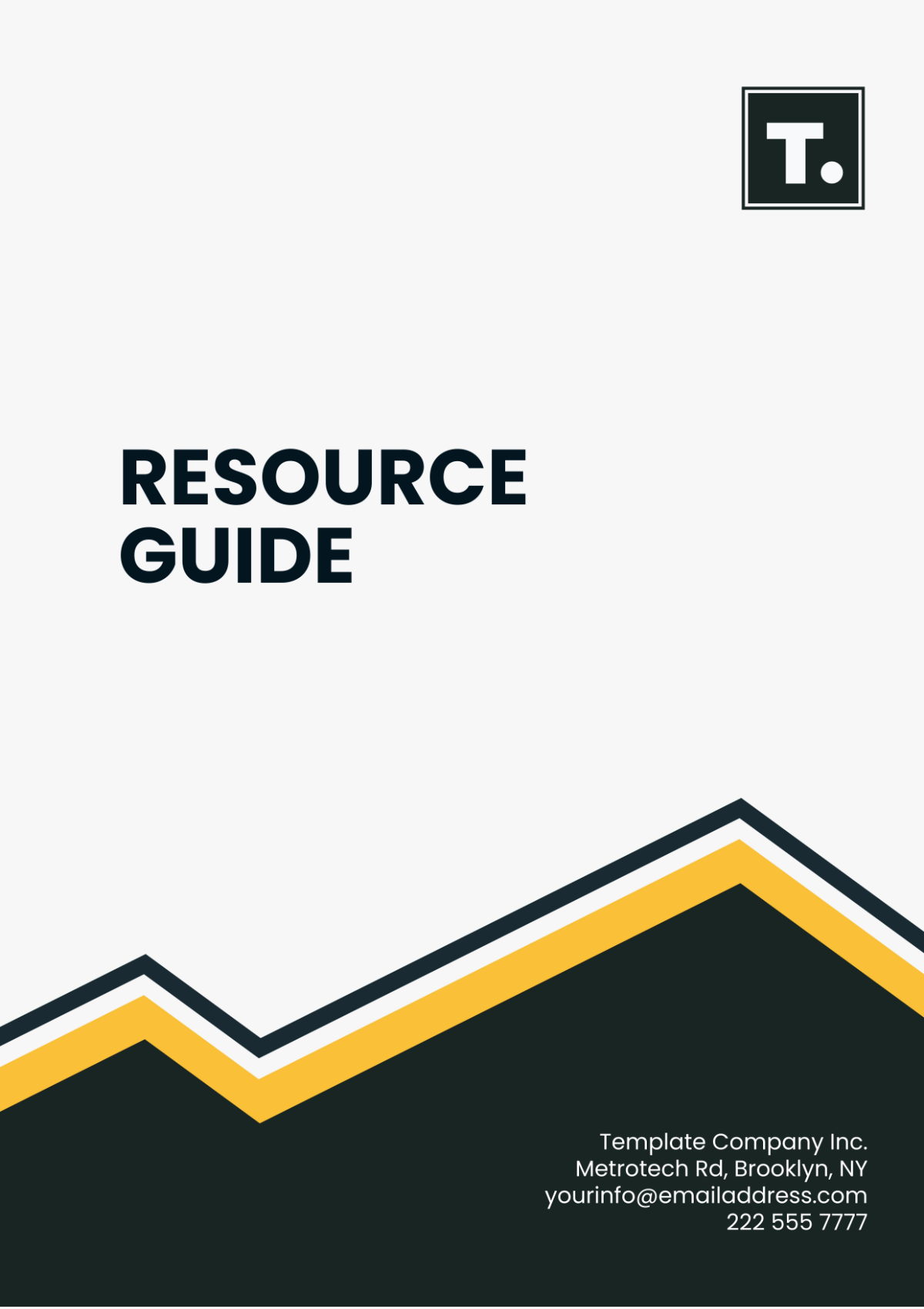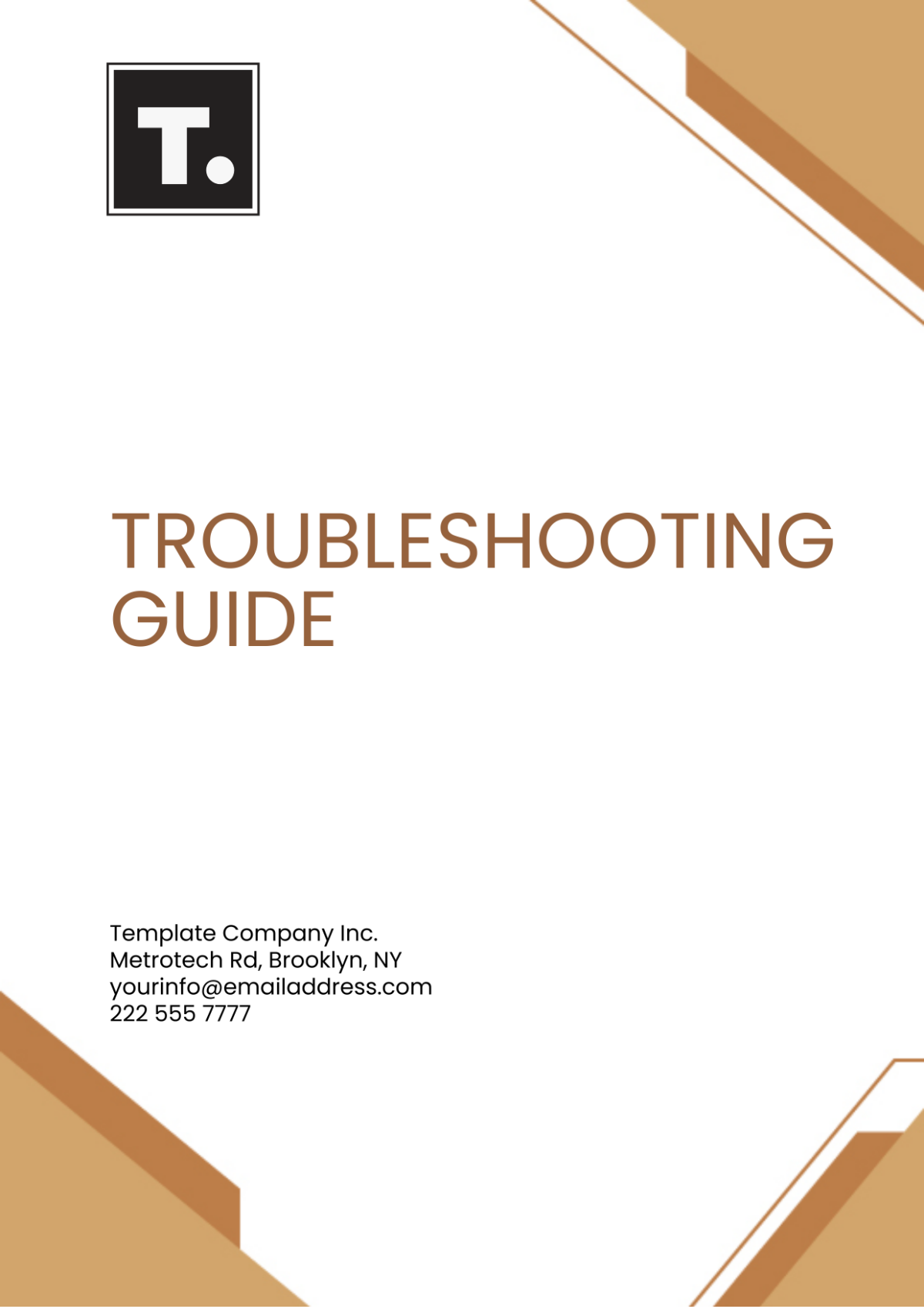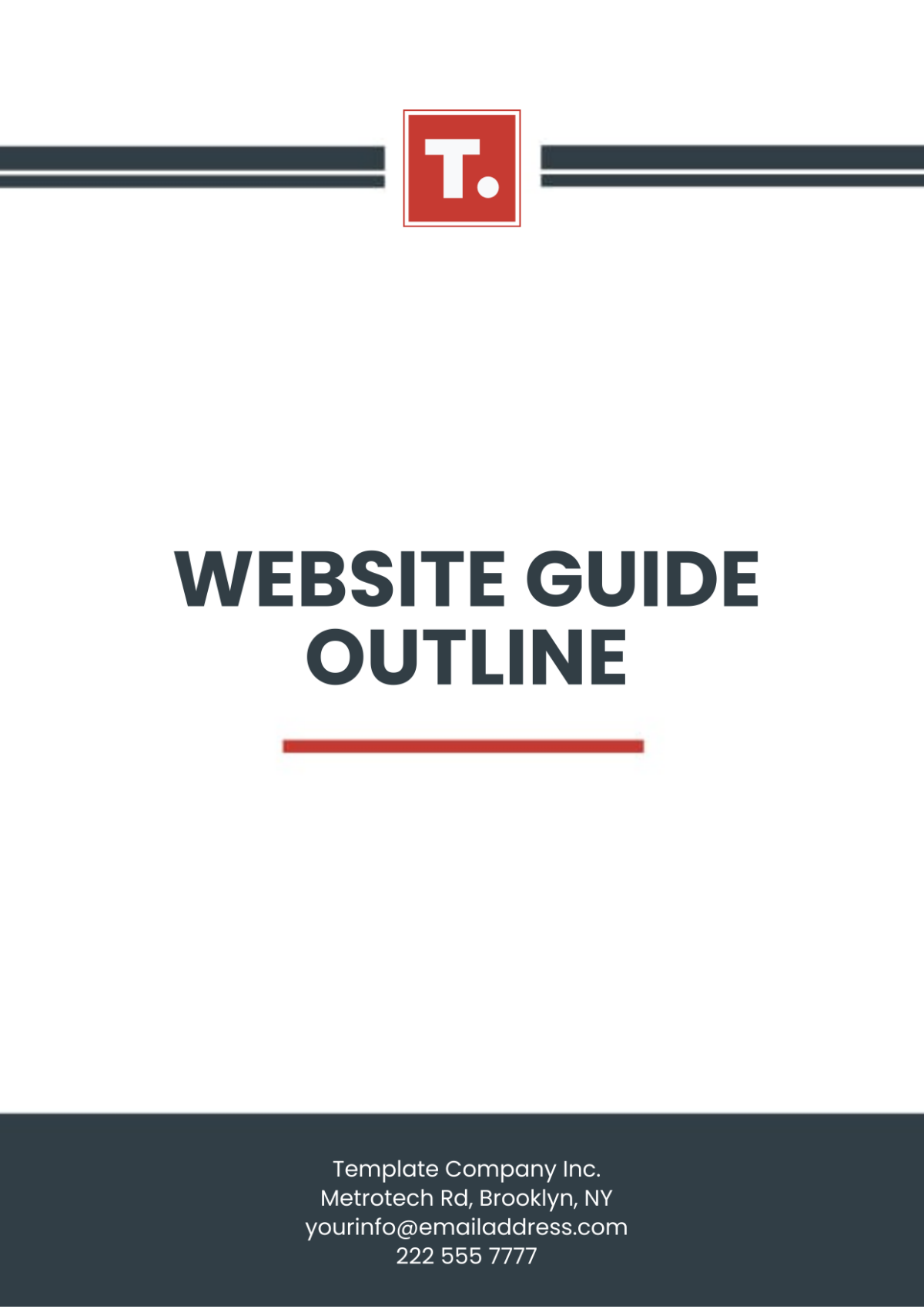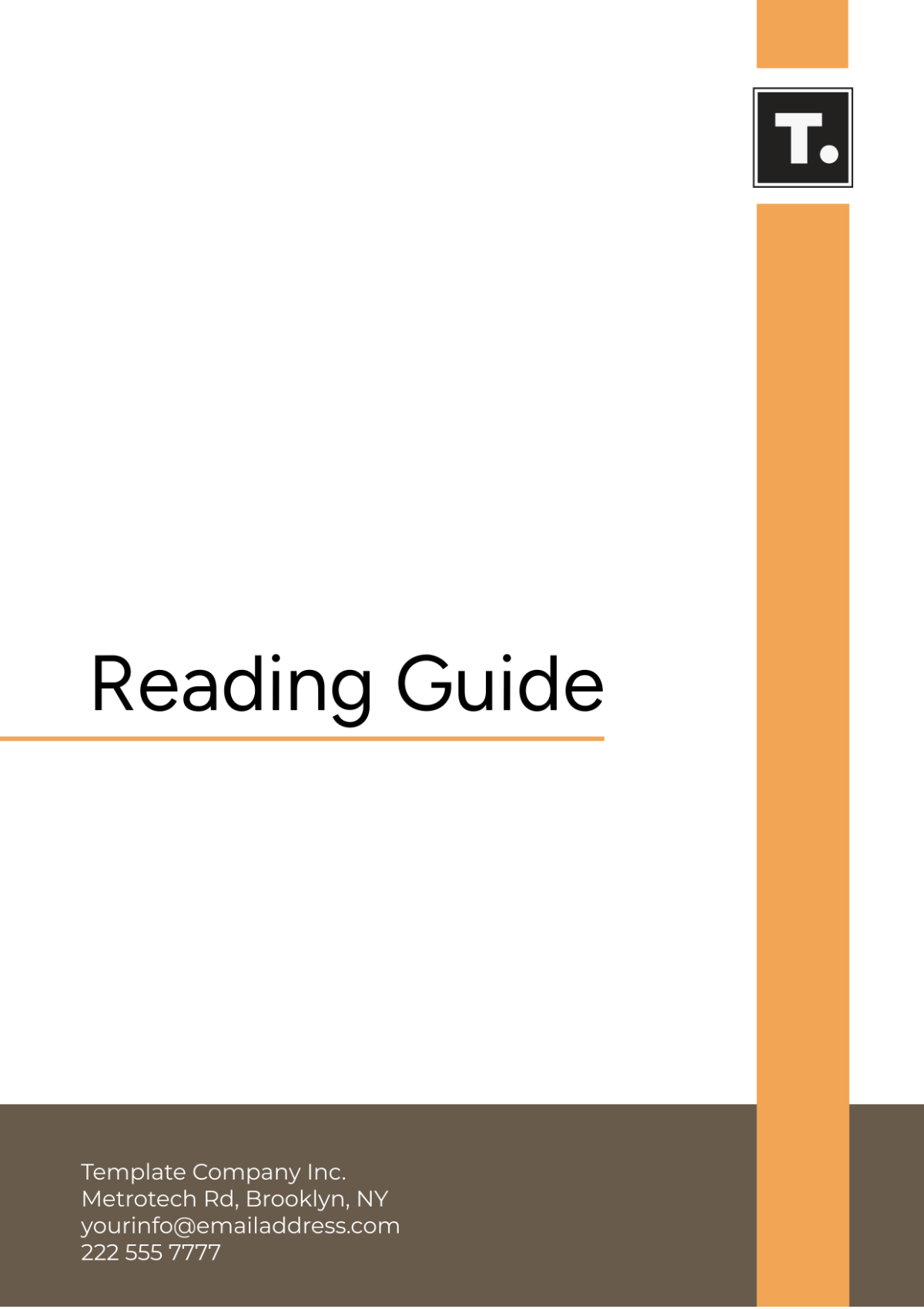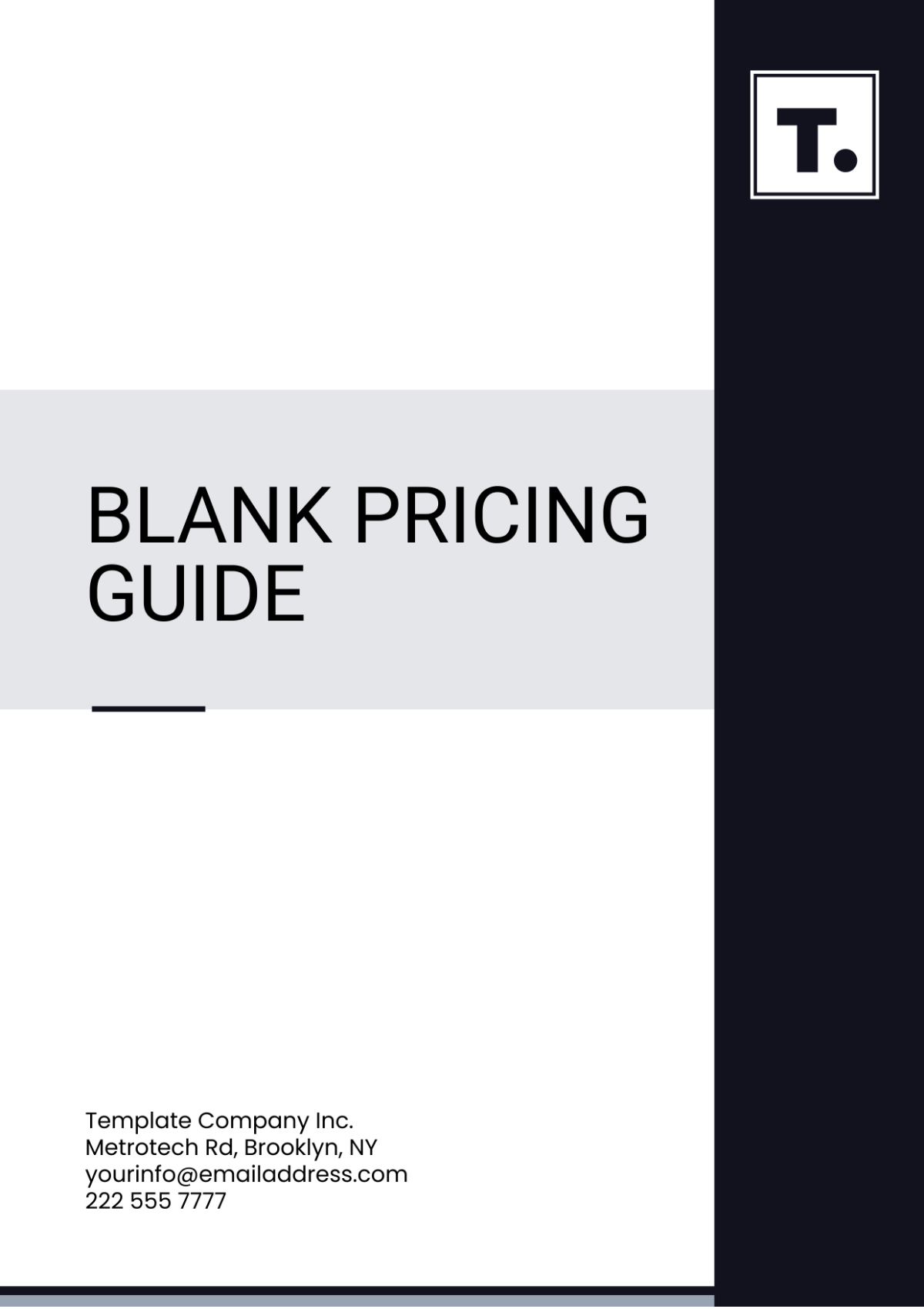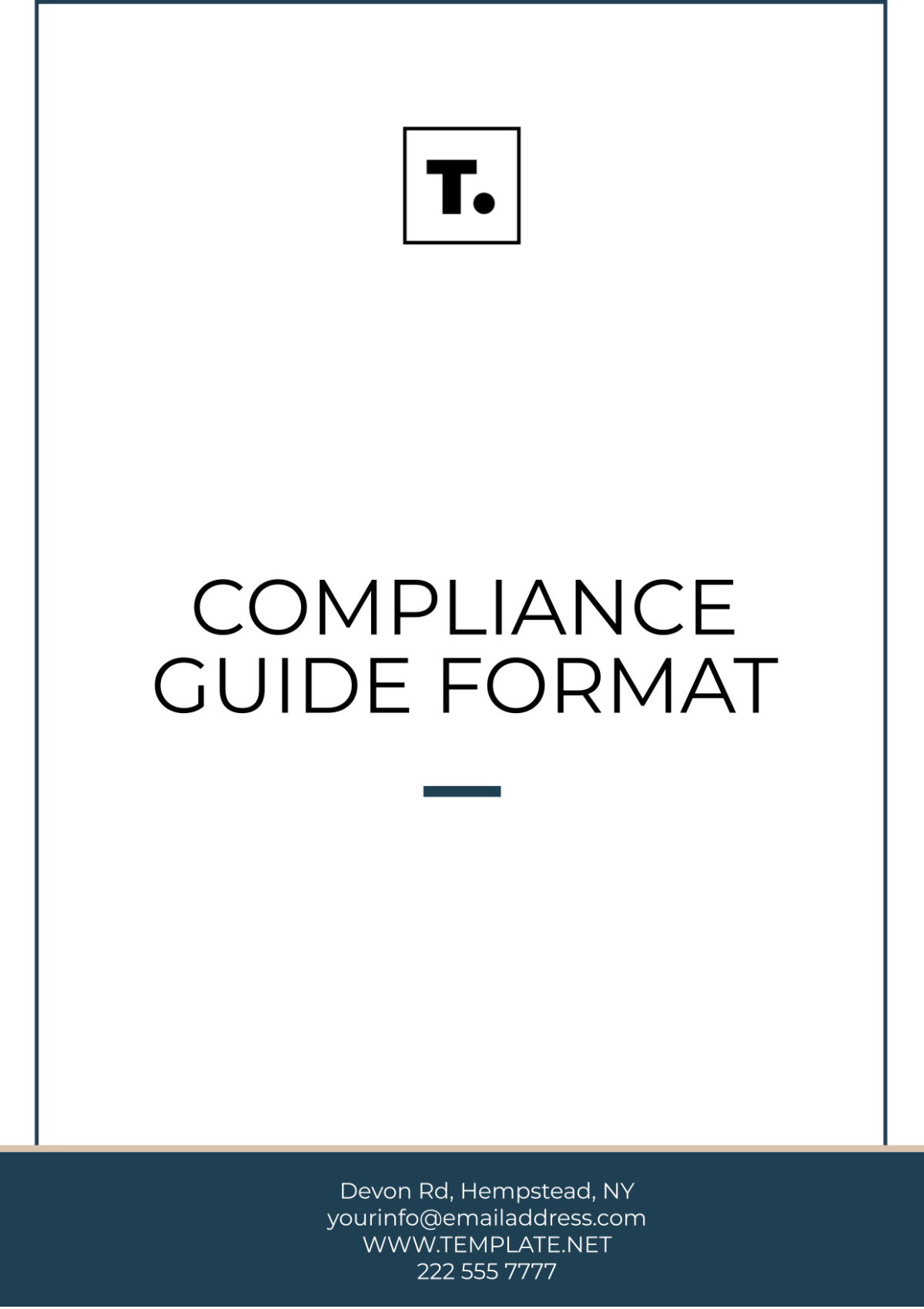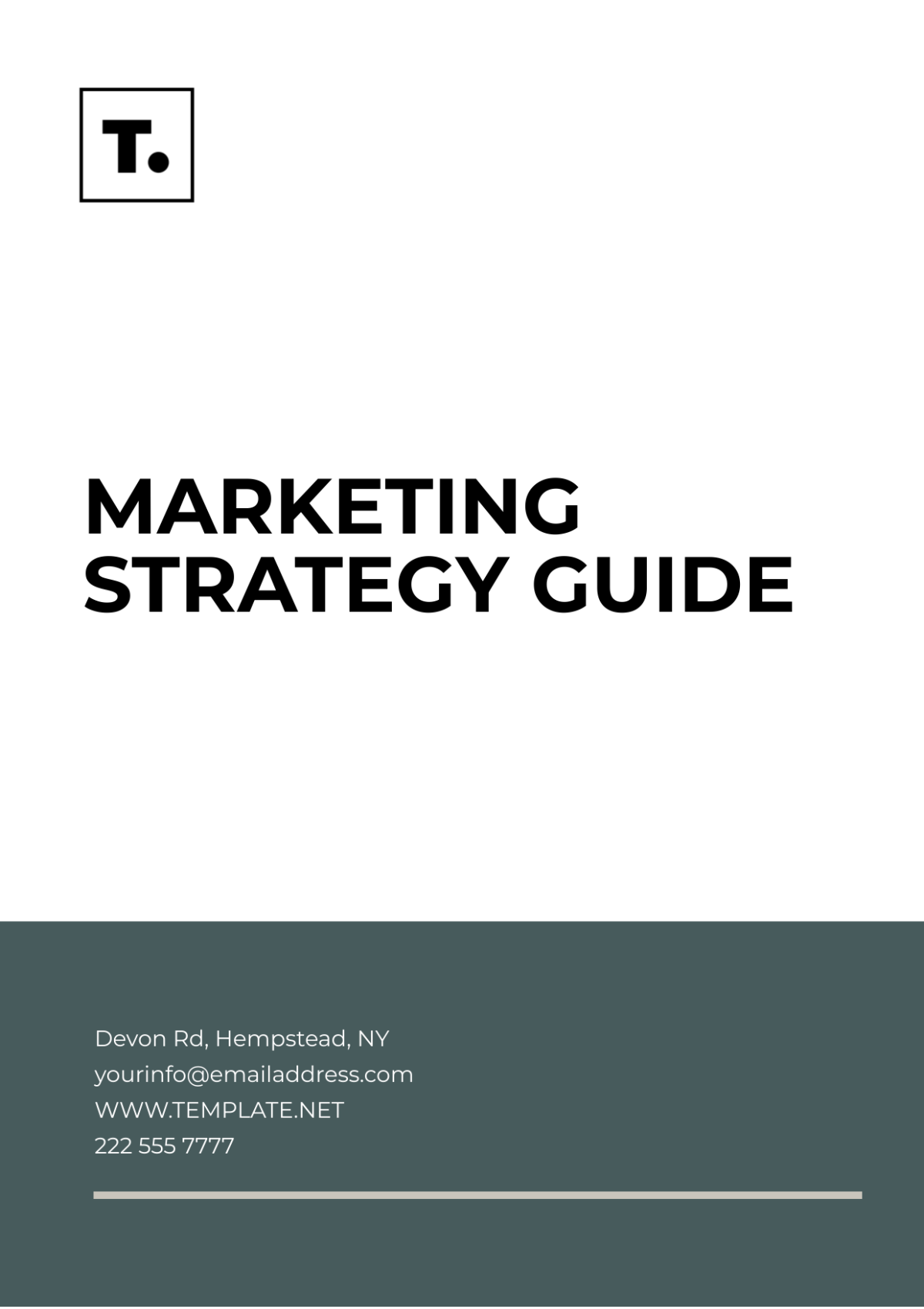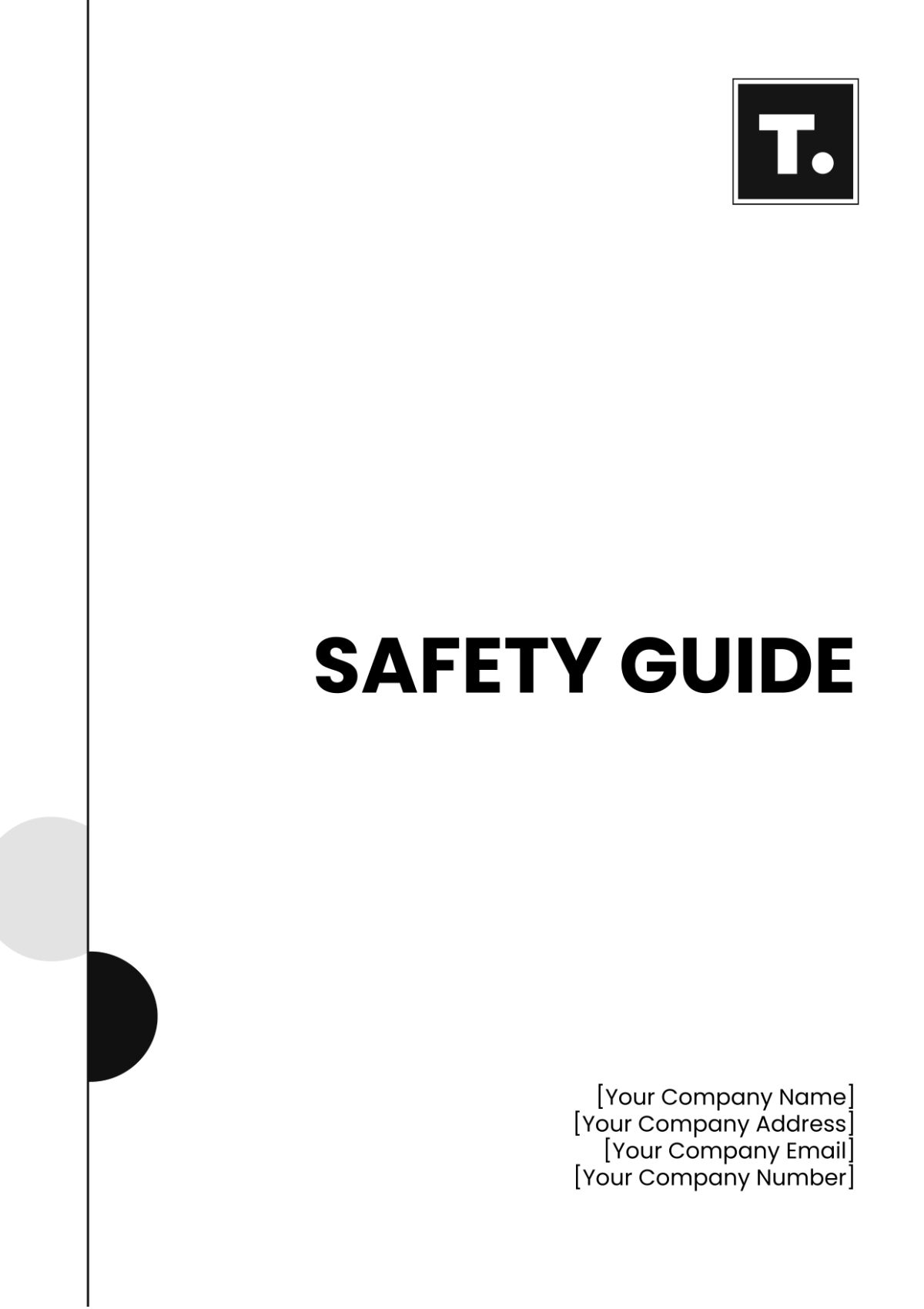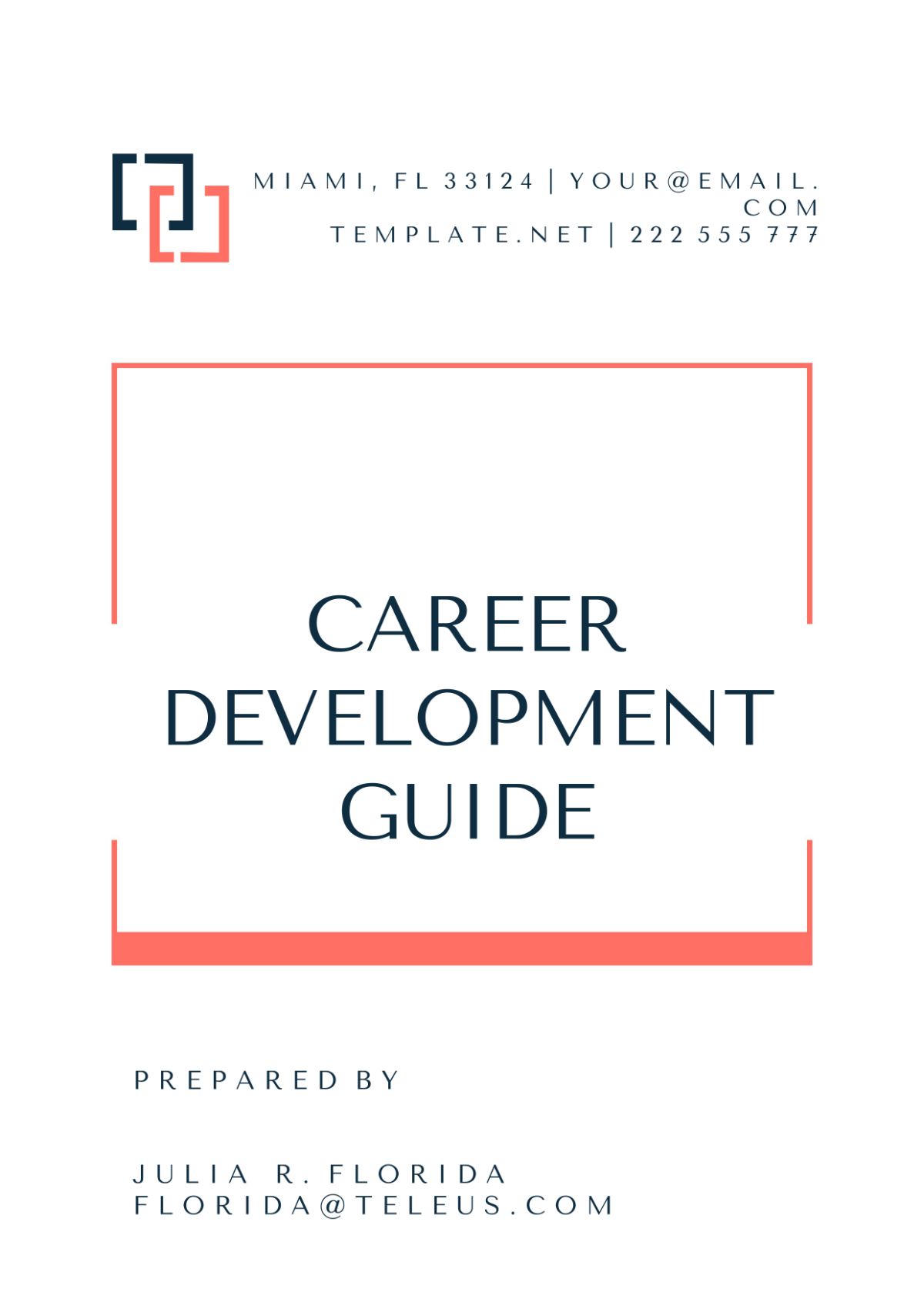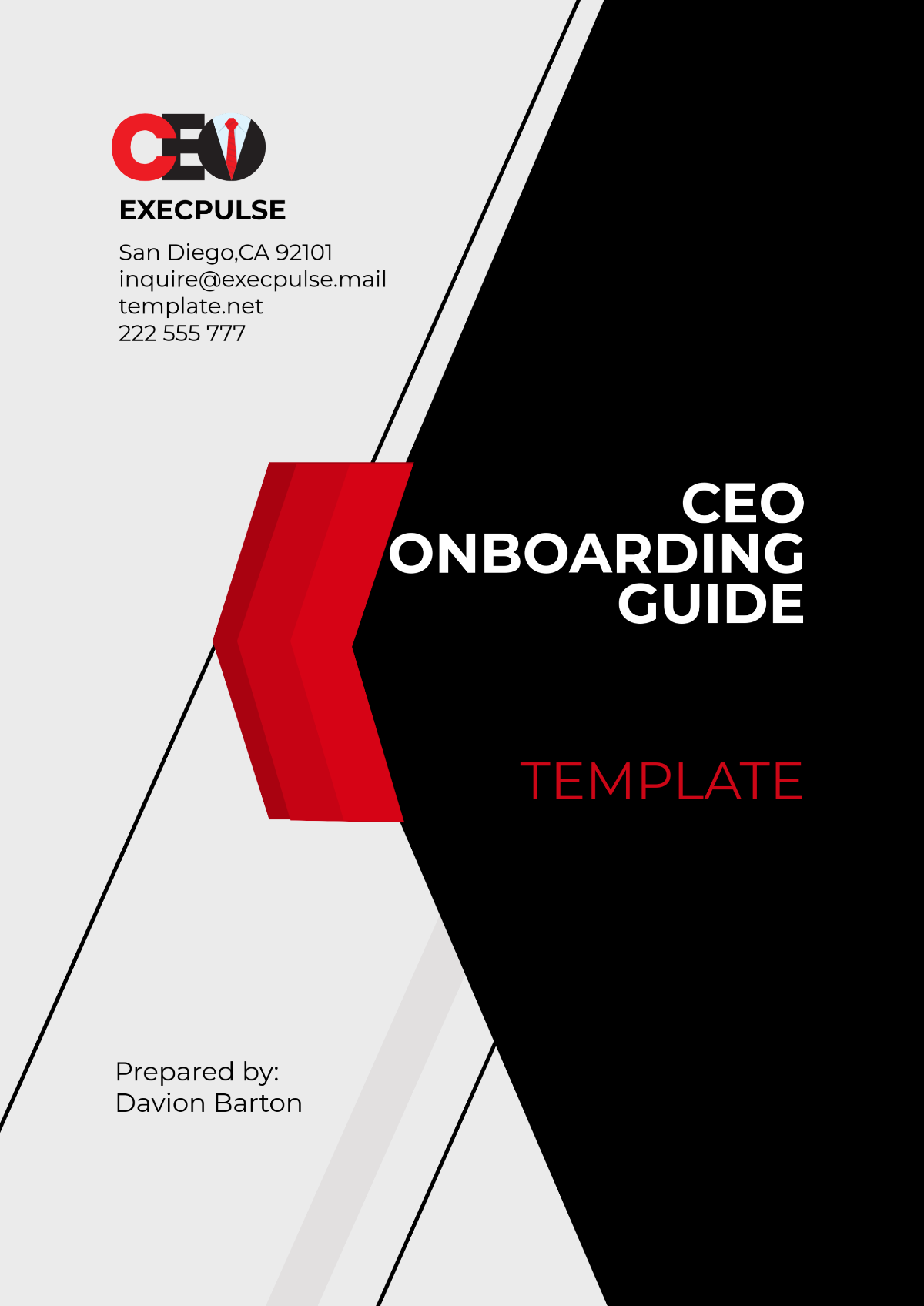Pitch Contingency Planning Guide in Advertising
Introduction
Mastering the art of the pitch is crucial for [Your Company Name]. This guide provides a detailed framework for contingency planning, ensuring robust preparation and adaptable strategies to handle various outcomes of advertising pitches. It's designed to enhance [Your Company Name]'s resilience and agility in the face of uncertainties.
Pre-Pitch Preparation
A. Understanding the Client
Research Client Background: Conduct thorough research to understand [Your Client Name]'s business model, competitive landscape, and previous advertising efforts. This insight aids in tailoring the pitch to resonate with their unique needs and preferences.
Client Needs Assessment: Engage in proactive dialogue with [Your Client Name] to clarify their objectives and expectations. This interaction helps in aligning your pitch strategy with their vision and goals.
B. Team Assembly
Roles and Responsibilities: Assign specific roles such as a Creative Director to oversee the artistic aspect, an Account Manager for client communications, and a Strategy Lead for market analysis. Clearly defined roles ensure efficiency and accountability.
Skill Enhancement: Provide opportunities for team members to attend workshops or webinars. Staying updated with the latest advertising trends and technologies enhances the quality and relevance of your pitch.
C. Resource Allocation
Budget Planning: Develop a detailed budget framework, assigning funds to research [$5,000], creative development [$10,000], and presentation materials [$5,000]. A well-planned budget prevents overspending and ensures optimal resource utilization.
Technology and Tools: List and arrange advanced software and tools, like analytics platforms or presentation software, that are crucial for developing and presenting the pitch.
Risk Assessment and Mitigation
A. Identifying Risks
Market Analysis: Conduct a comprehensive SWOT analysis to understand internal strengths and weaknesses, as well as external opportunities and threats. This analysis helps in anticipating market changes that could impact the pitch.
Competitor Analysis: Keep a close watch on competitors’ advertising strategies to anticipate their next moves and adjust your pitch strategy accordingly. Understanding their tactics can provide critical insights into market trends and consumer preferences.
B. Mitigation Strategies
Backup Plans: Develop alternative creative concepts and strategies. Having backup plans ensures that you can quickly pivot if the primary idea does not resonate with [Your Client Name].
Regular Team Meetings: Hold weekly meetings to discuss progress, brainstorm ideas, and address any potential risks or issues. These meetings foster collaboration and ensure all team members are aligned and informed.
Scenario Planning
A. Best-Case Scenario
Client Approval: Prepare immediate action steps, like setting a project kickoff meeting within a week of pitch approval. This prompt action demonstrates professionalism and eagerness to move forward with the project.
Resource Management: Develop a detailed plan for resource allocation post-approval, ensuring a smooth transition into the campaign execution phase without delays or resource shortages.
B. Worst-Case Scenario
Feedback Gathering: Establish a structured process to collect and analyze feedback from [Your Client Name] if the pitch is not successful. This feedback is crucial for understanding areas of improvement.
Post-Pitch Analysis: Conduct a thorough internal review to identify areas where the pitch fell short and develop strategies to enhance future pitches.
Post-Pitch Strategy
A. Client Follow-Up
Communication Plan: Outline a structured follow-up communication plan, including the timing of follow-up emails and calls. This helps in maintaining a positive relationship with the client regardless of the pitch outcome.
Relationship Management: Develop strategies for ongoing engagement with the client. This includes sending periodic updates on industry trends or invitations to company events, and maintaining a connection for future opportunities.
B. Learning and Development
Team Debriefing: Organize a debriefing session after the pitch to discuss the outcomes, what worked well, and areas for improvement. This reflection is vital for continuous learning and growth.
Knowledge Sharing: Document and share insights and learnings from the pitch within the company. This helps in building a knowledge base for future reference and improving overall pitch strategies.
Contingency Plan Documentation
A. Documentation Process
Record Keeping: Maintain meticulous records of the planning stages, decisions, and outcomes. This documentation provides valuable insights for future pitches and serves as a reference for continuous improvement.
Updating the Plan: Regularly revisit and update the contingency plan to reflect new insights, market changes, and lessons learned from past pitches.
B. Access and Distribution
Internal Accessibility: Ensure the contingency plan is easily accessible to all relevant team members, fostering a culture of preparedness and informed decision-making.
Confidentiality Measures: Implement stringent measures to safeguard sensitive information within the plan, protecting client data and proprietary strategies.

